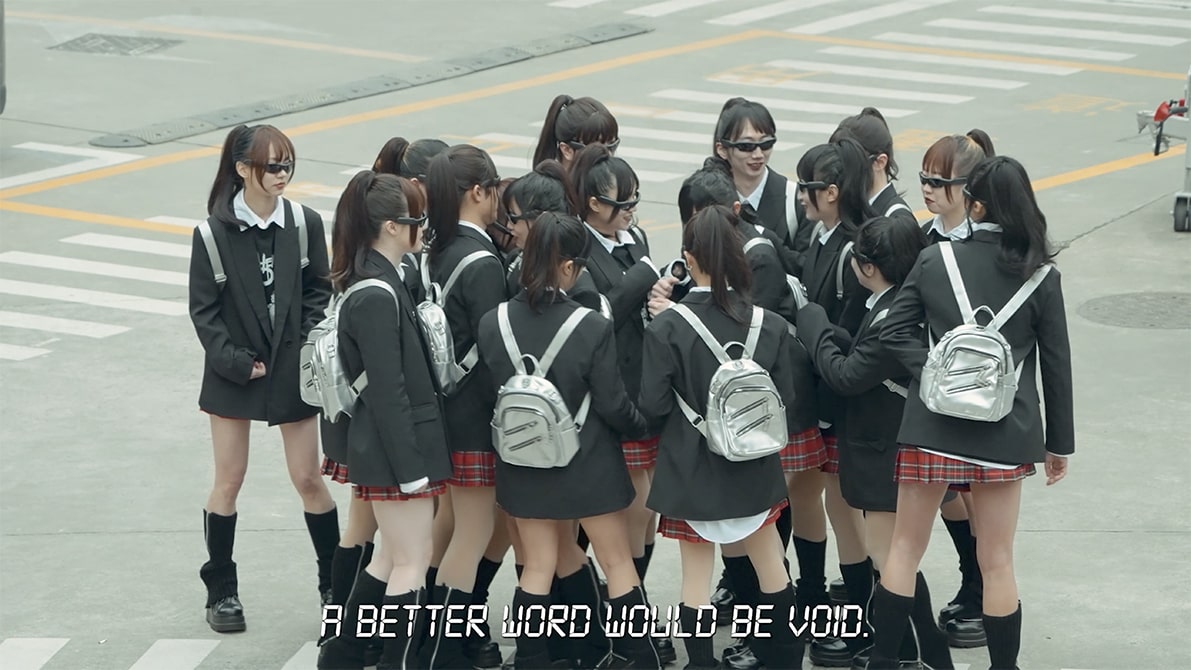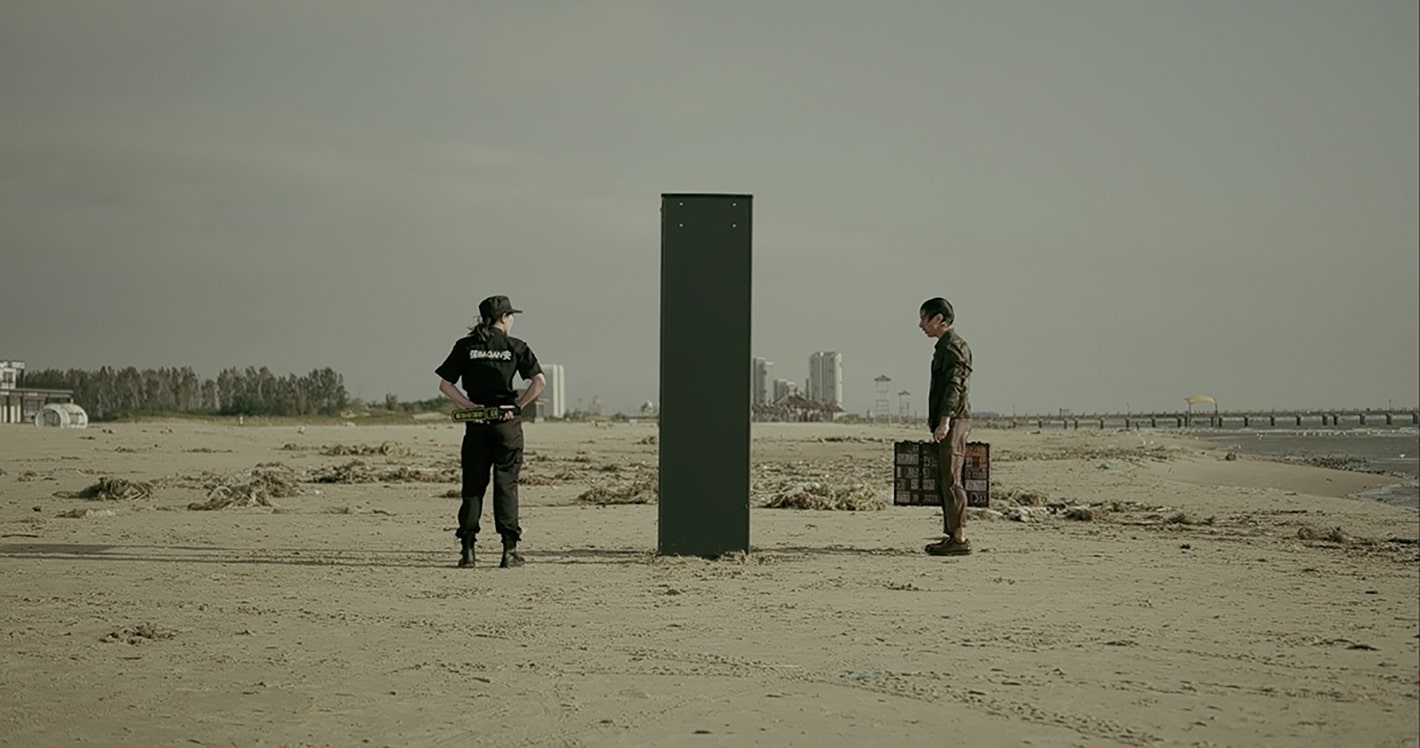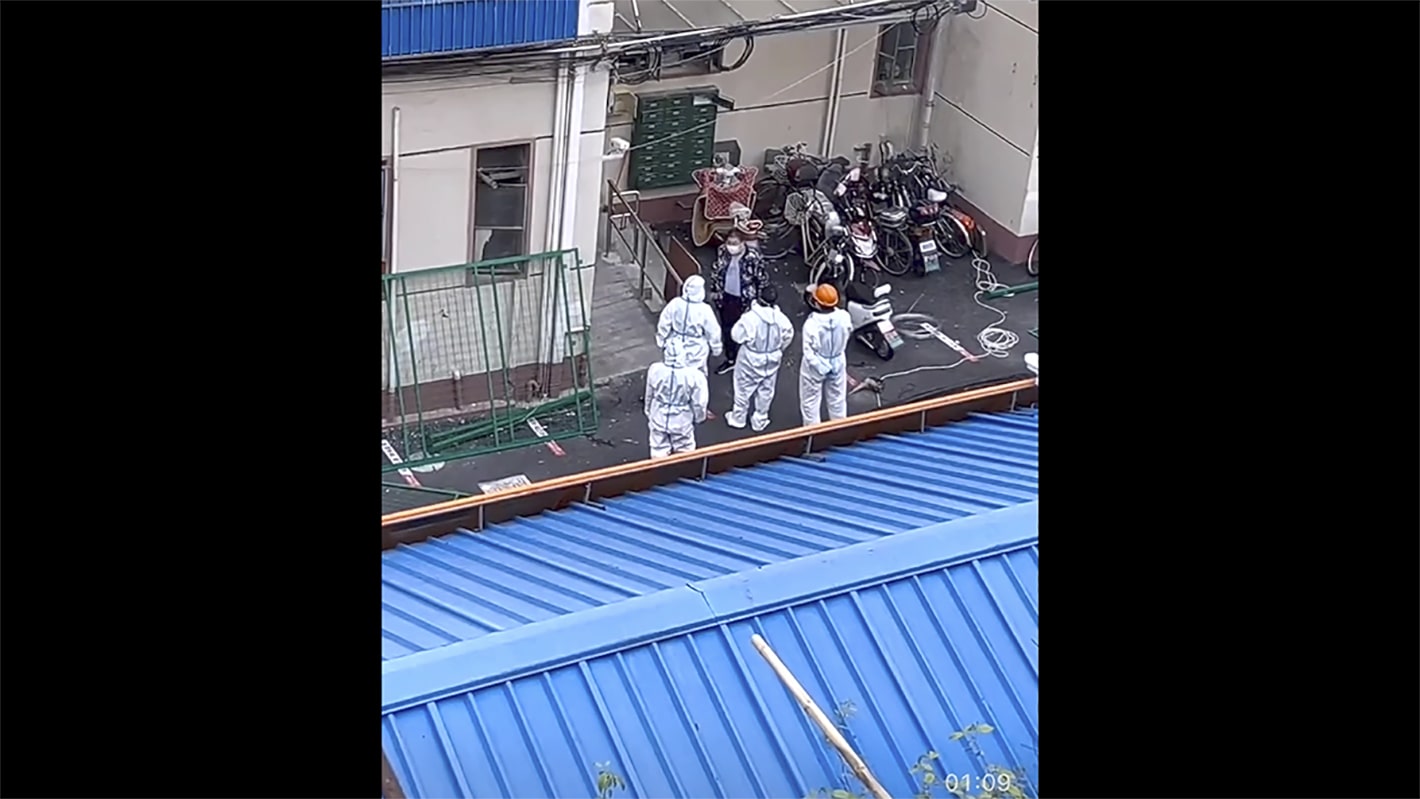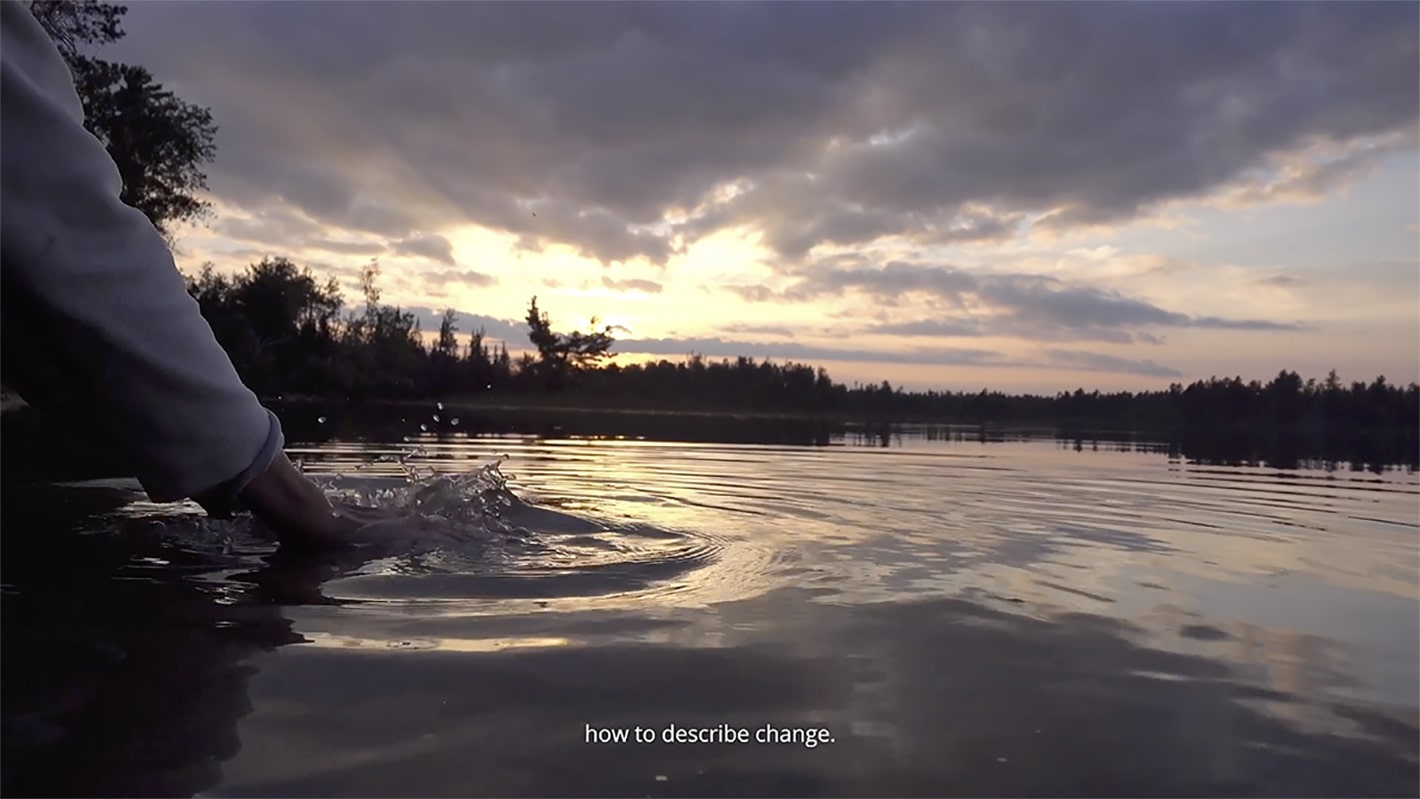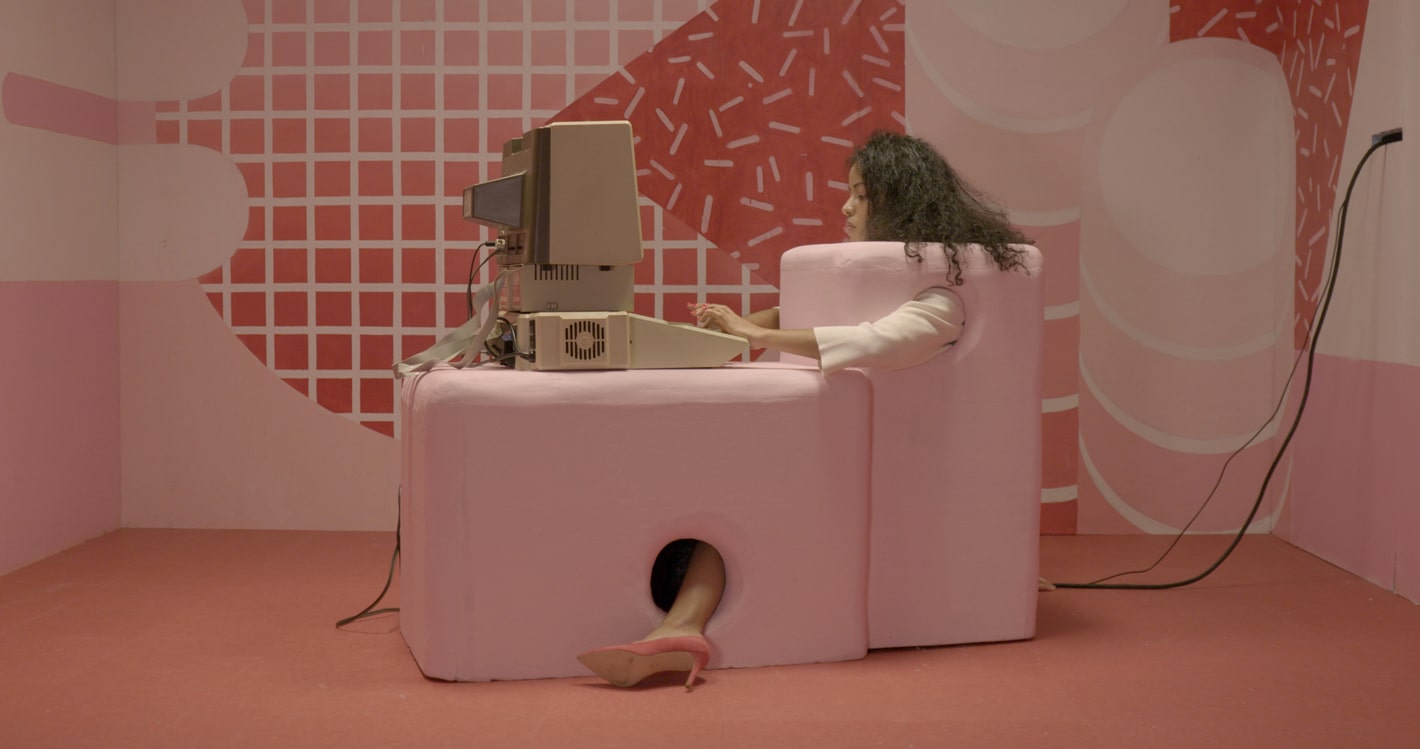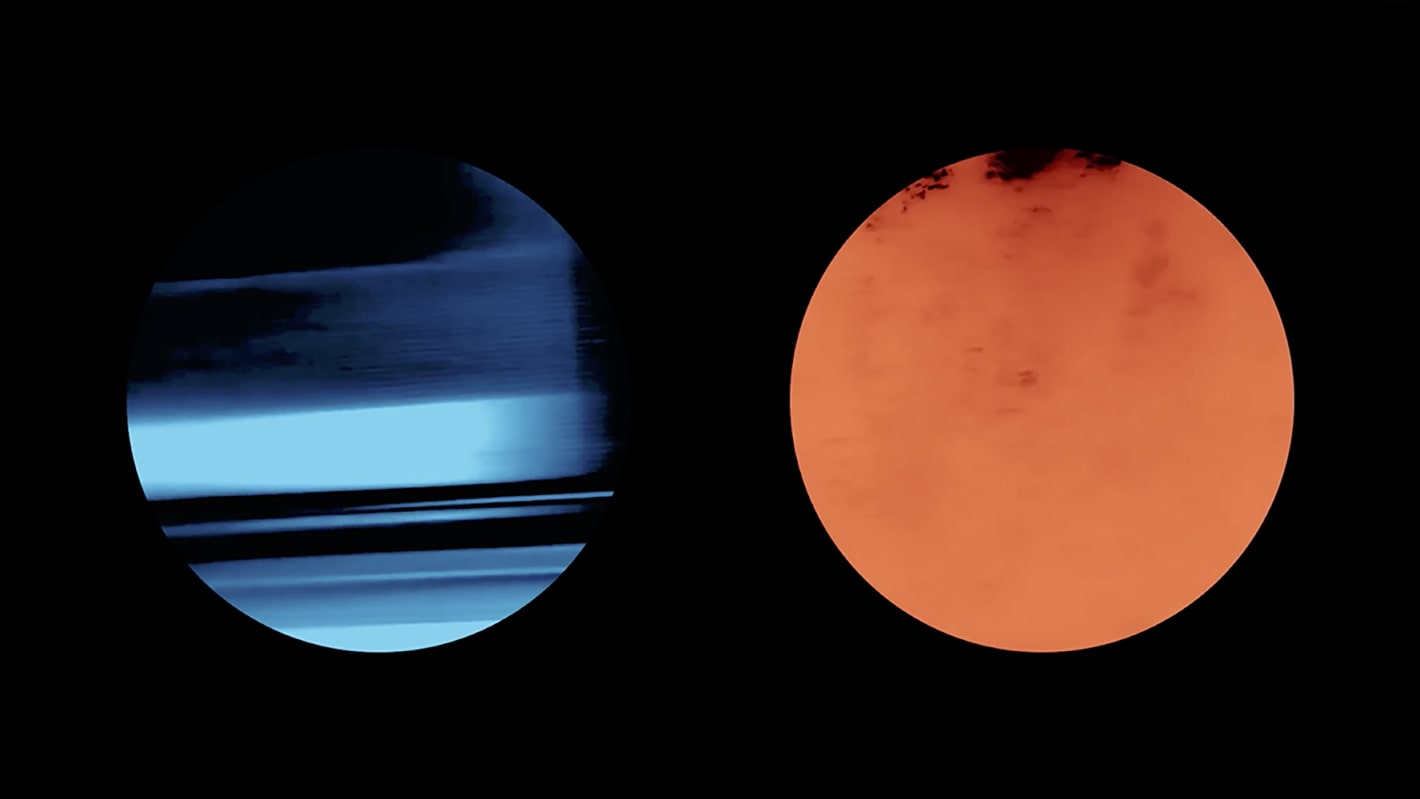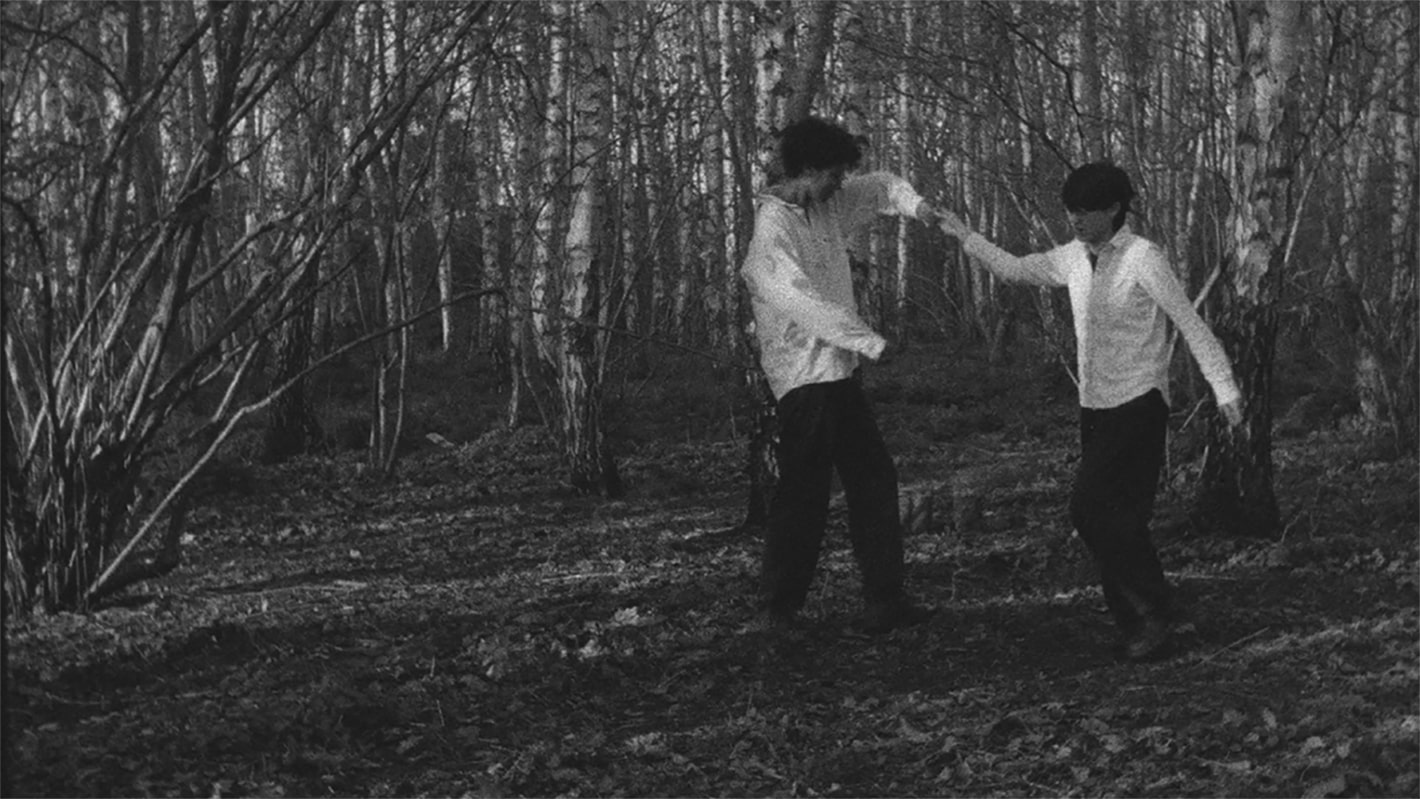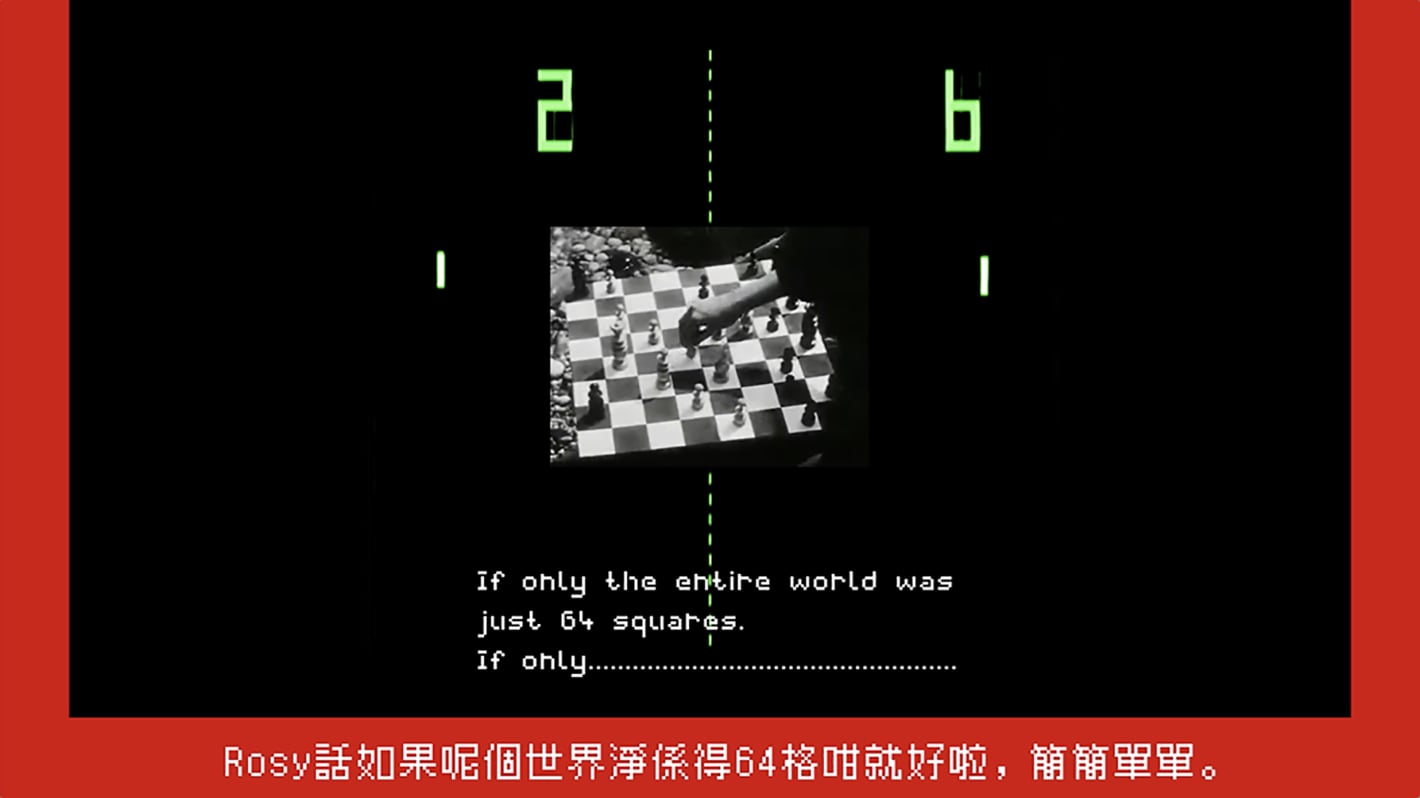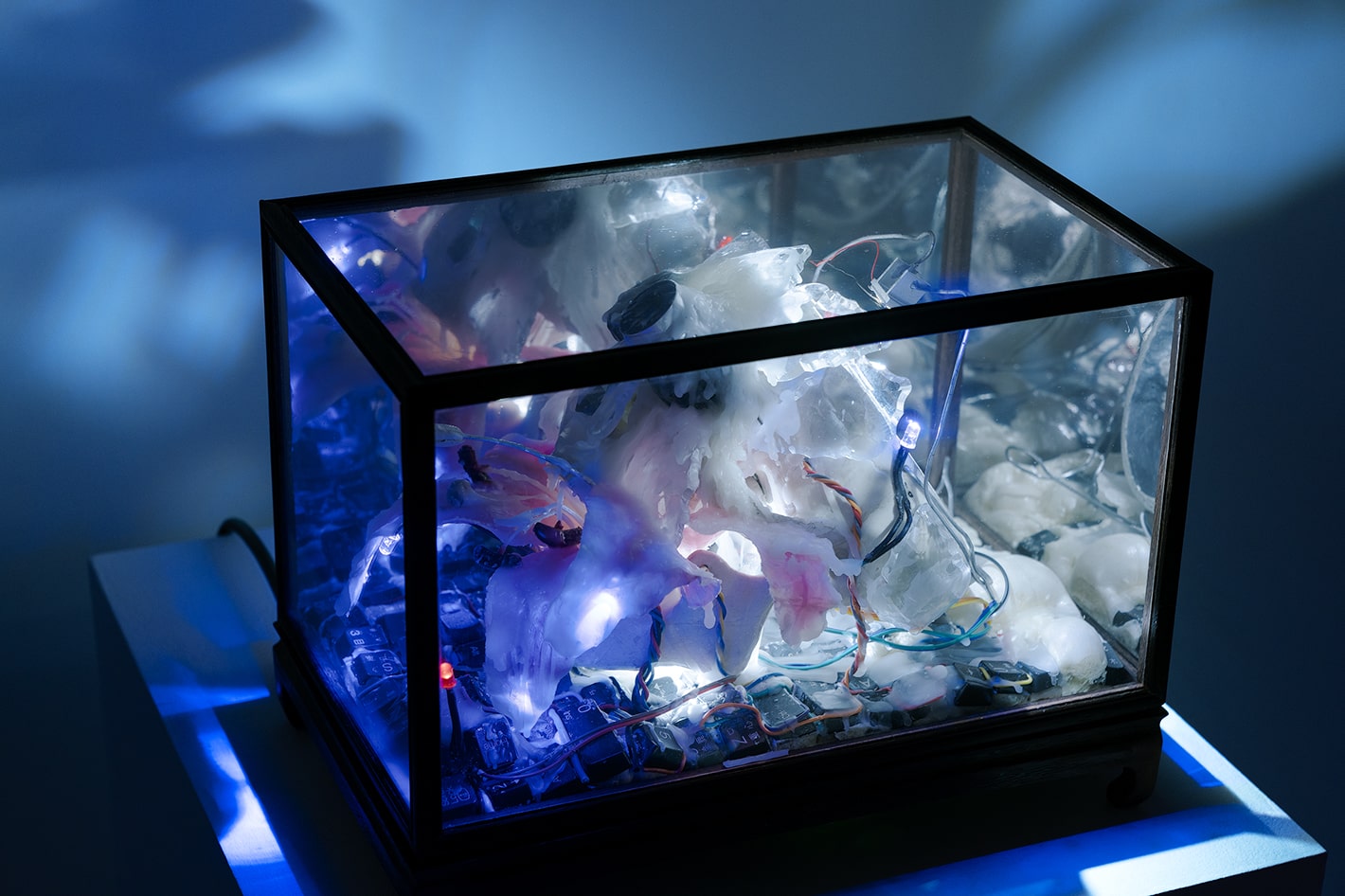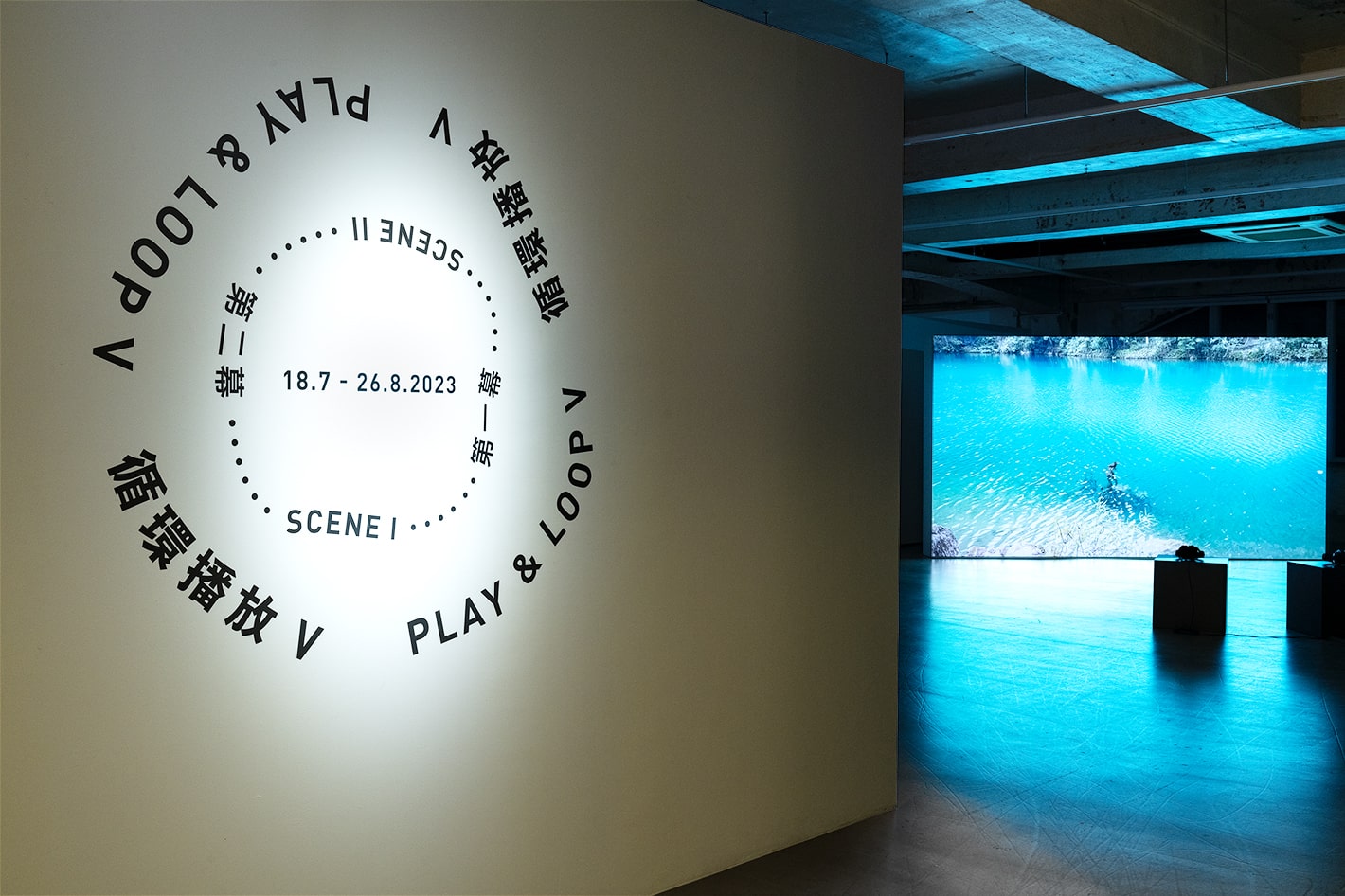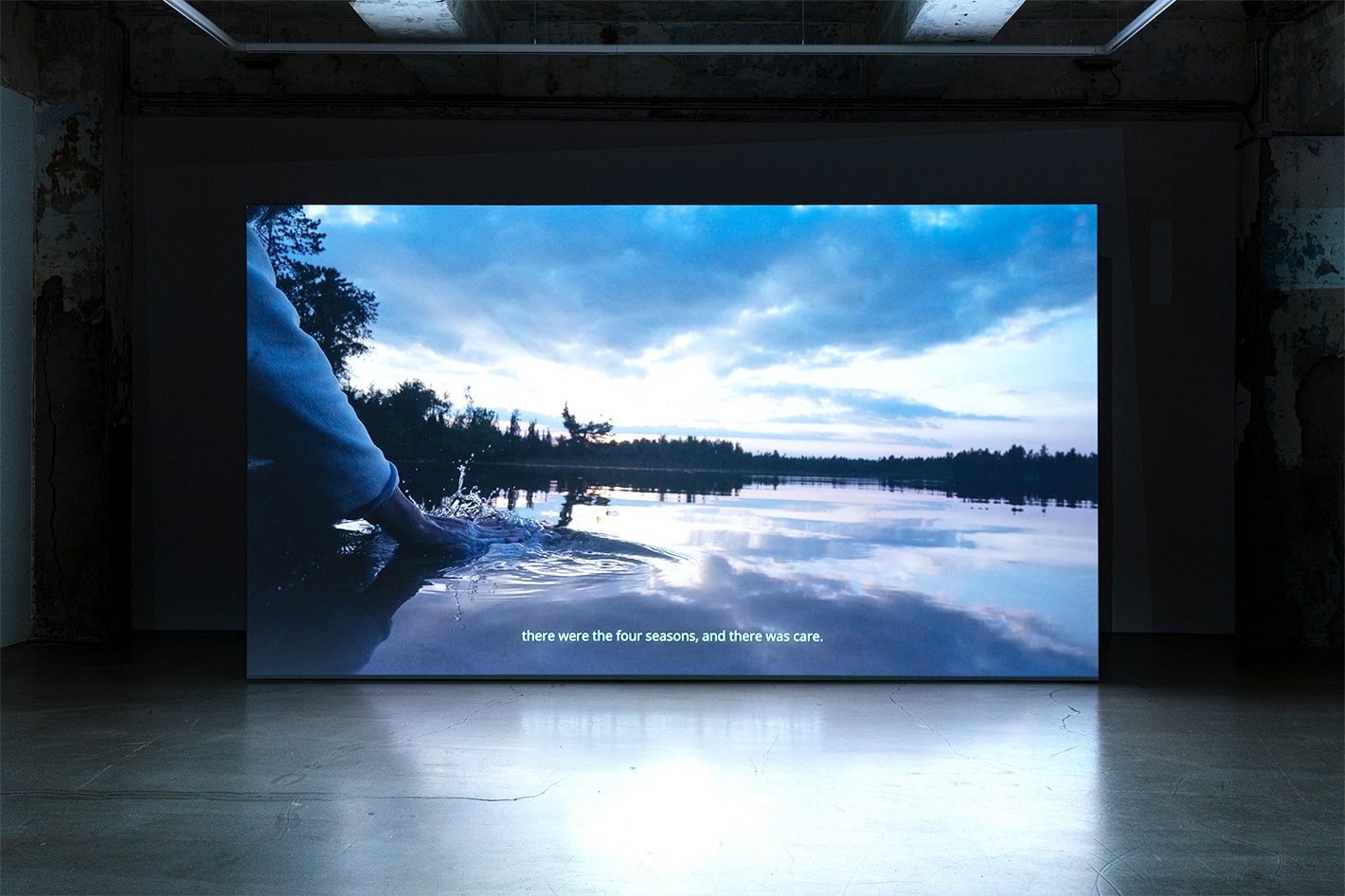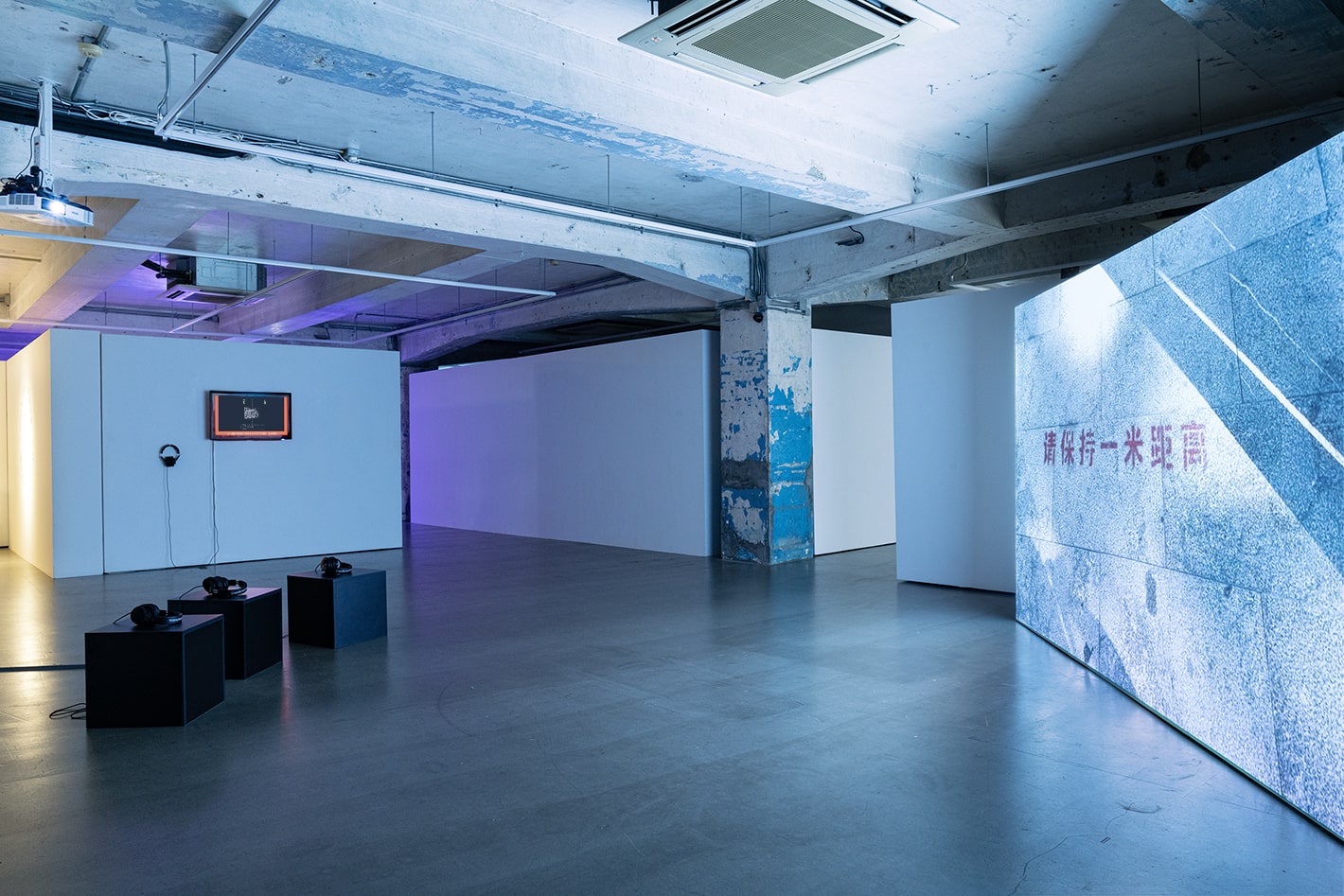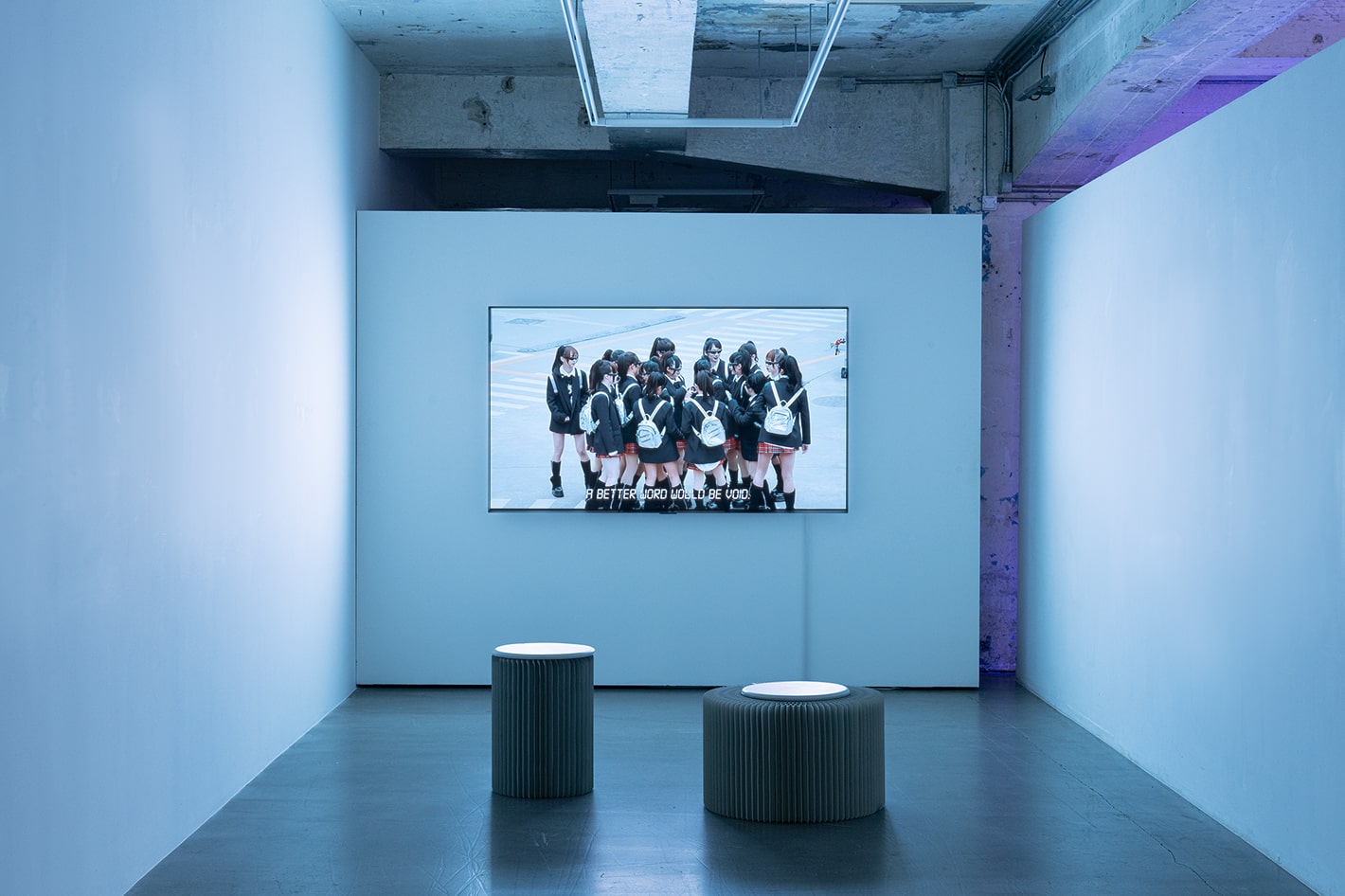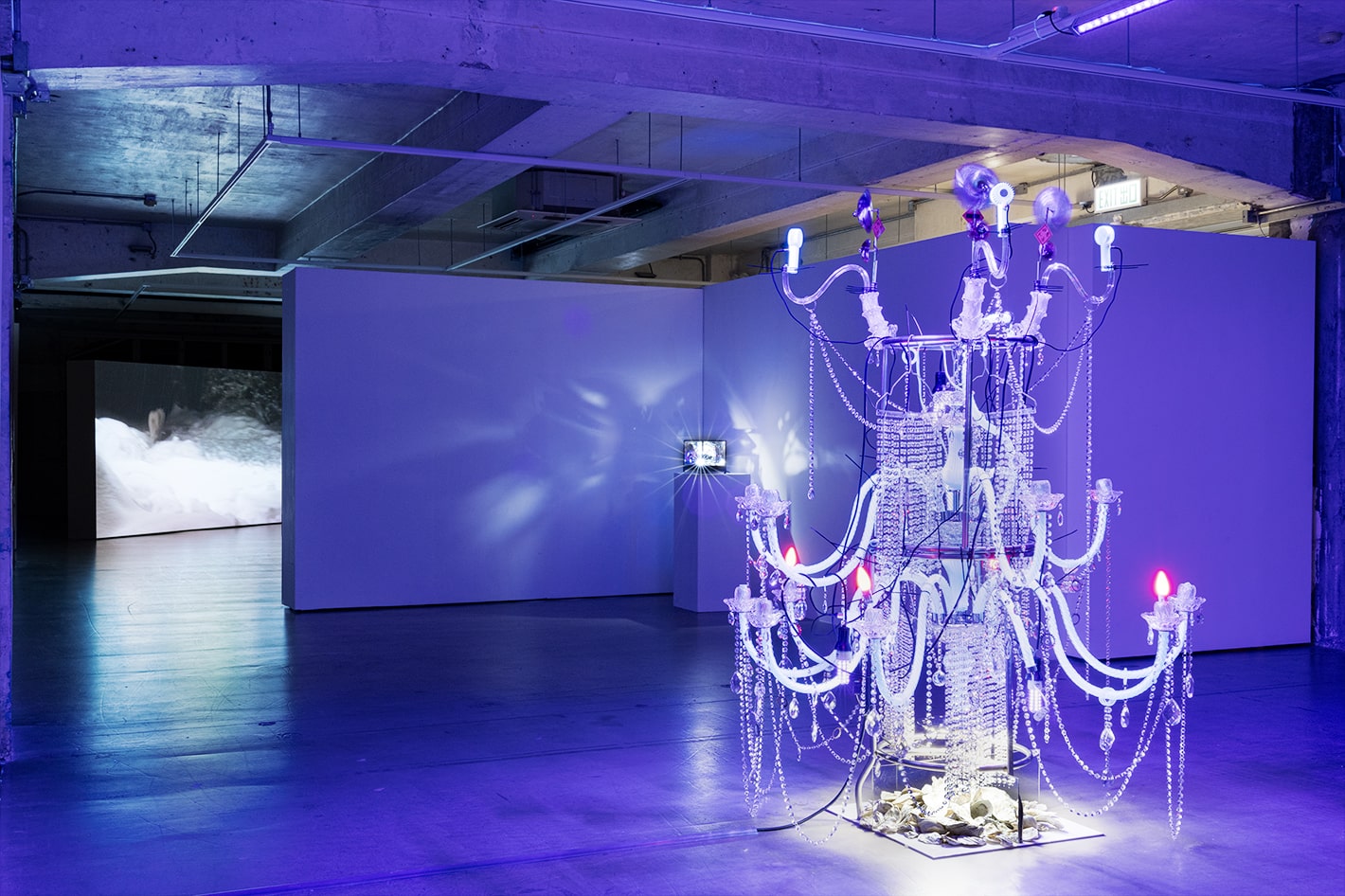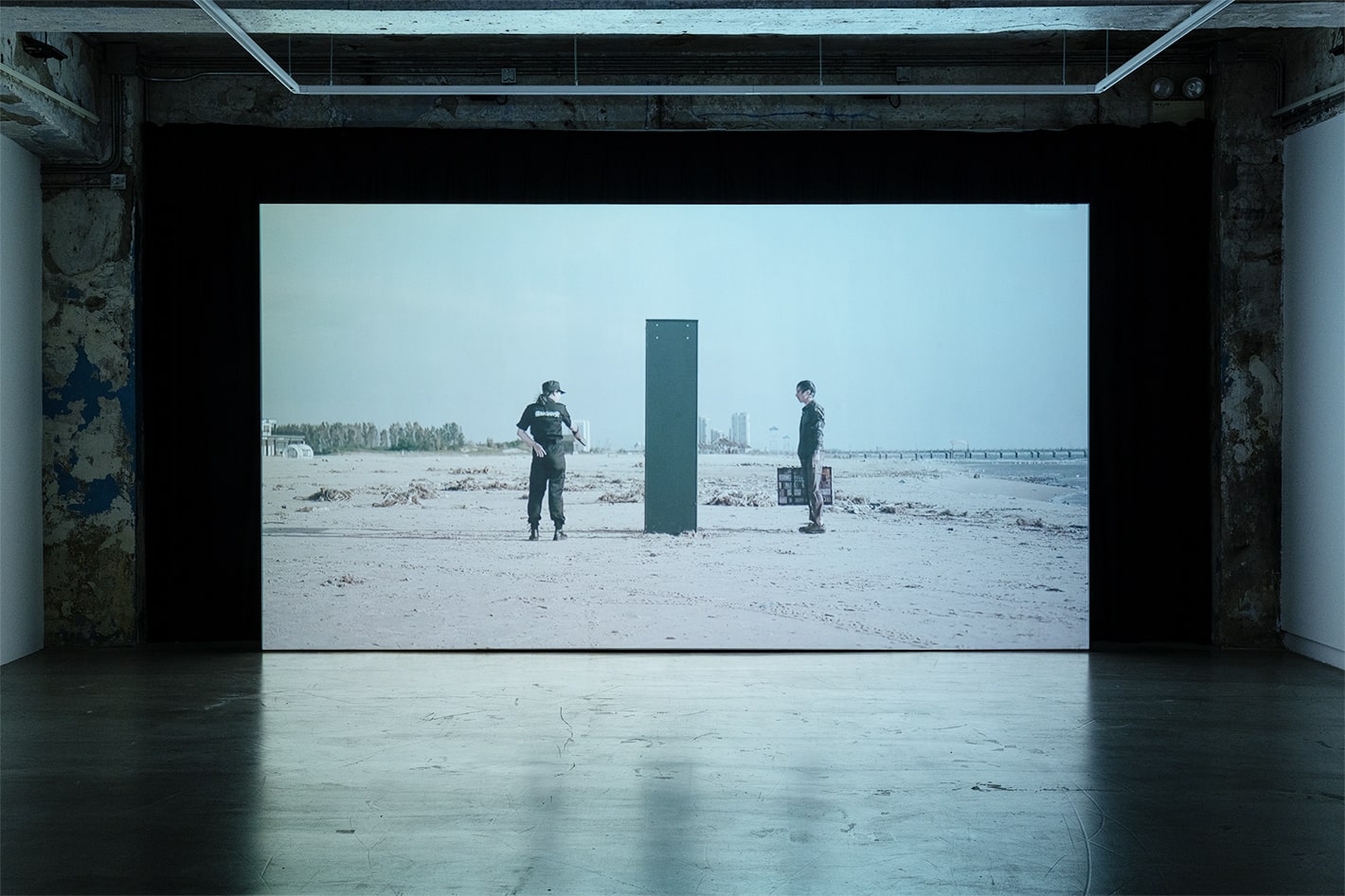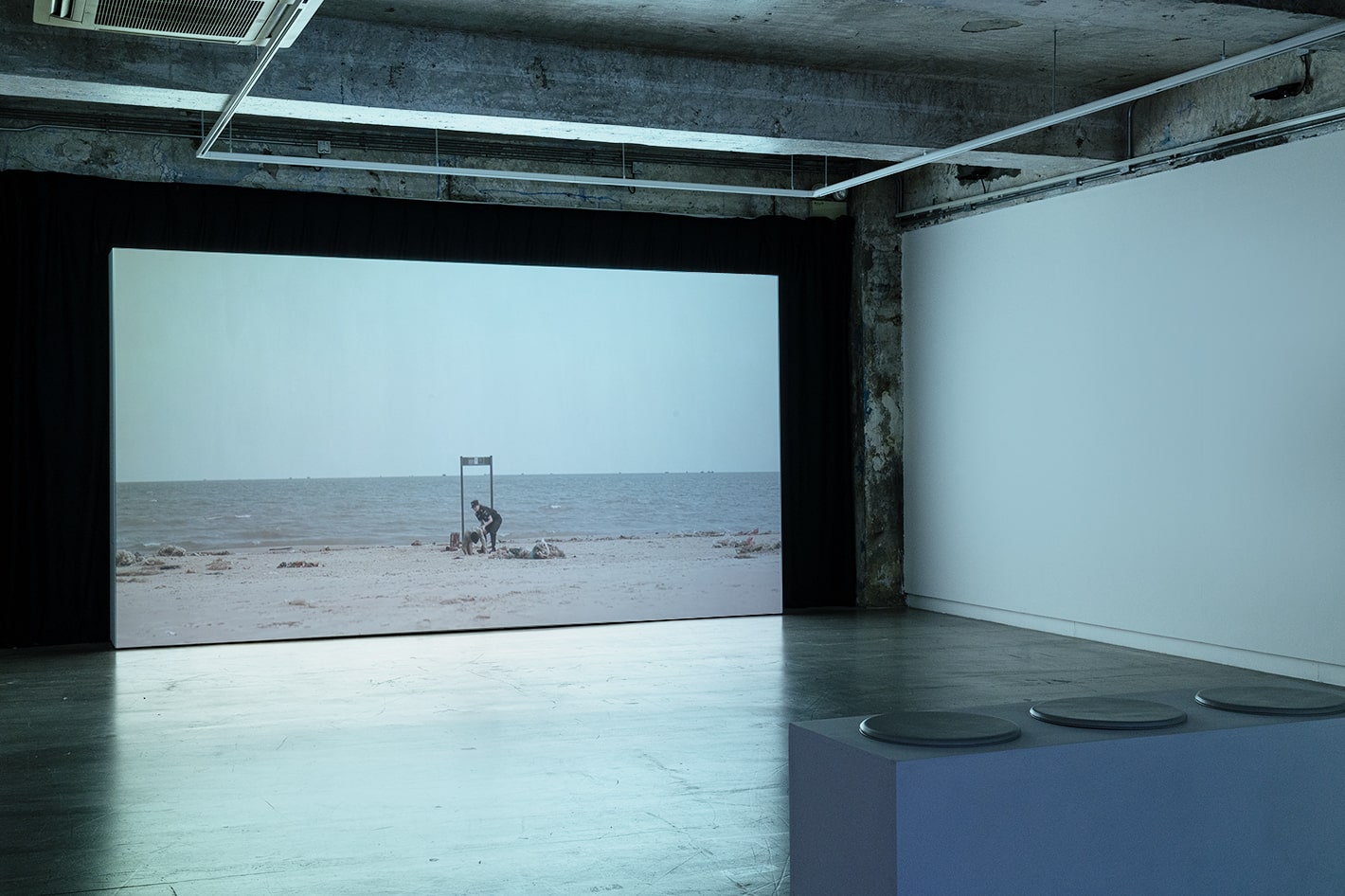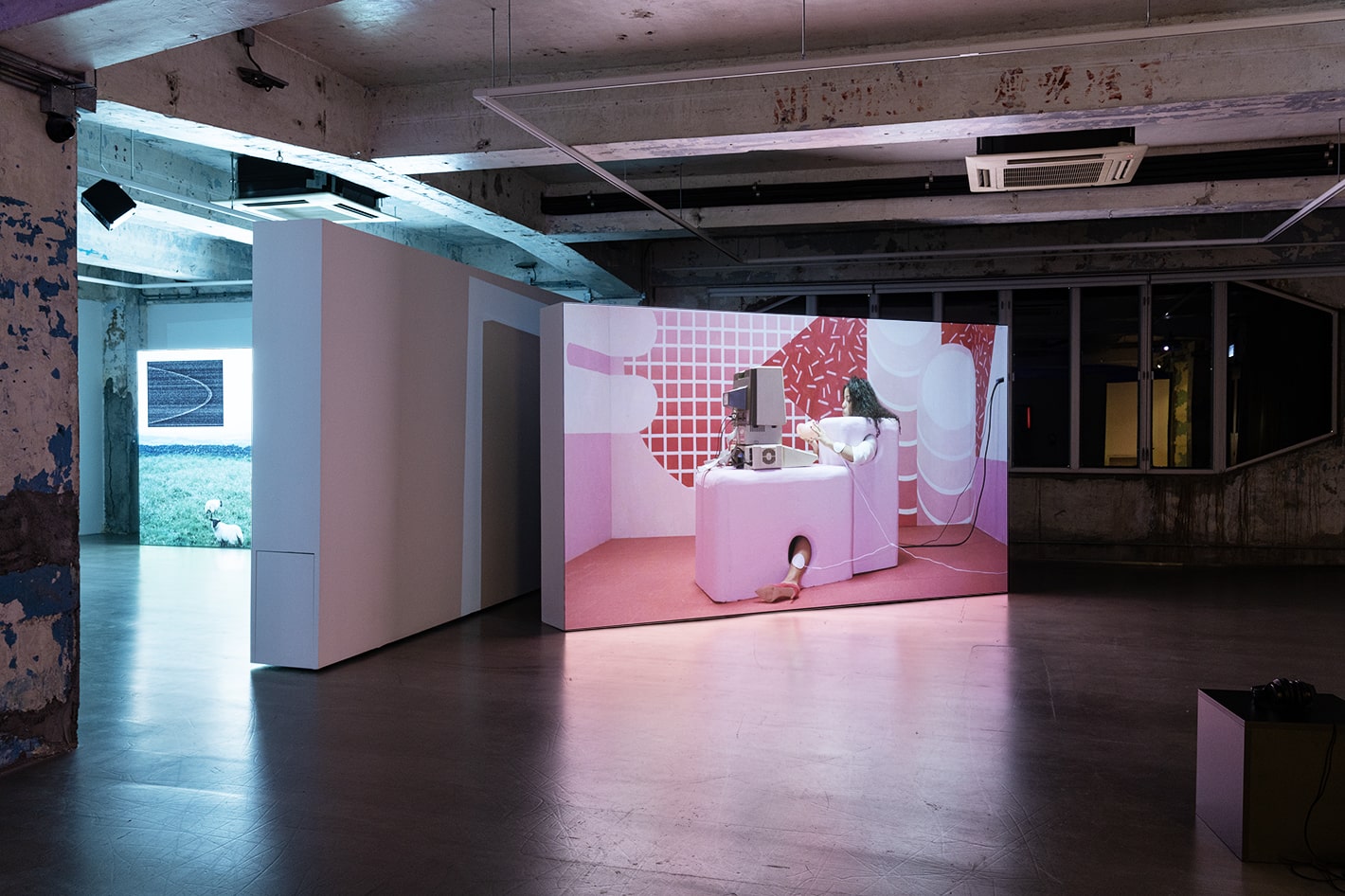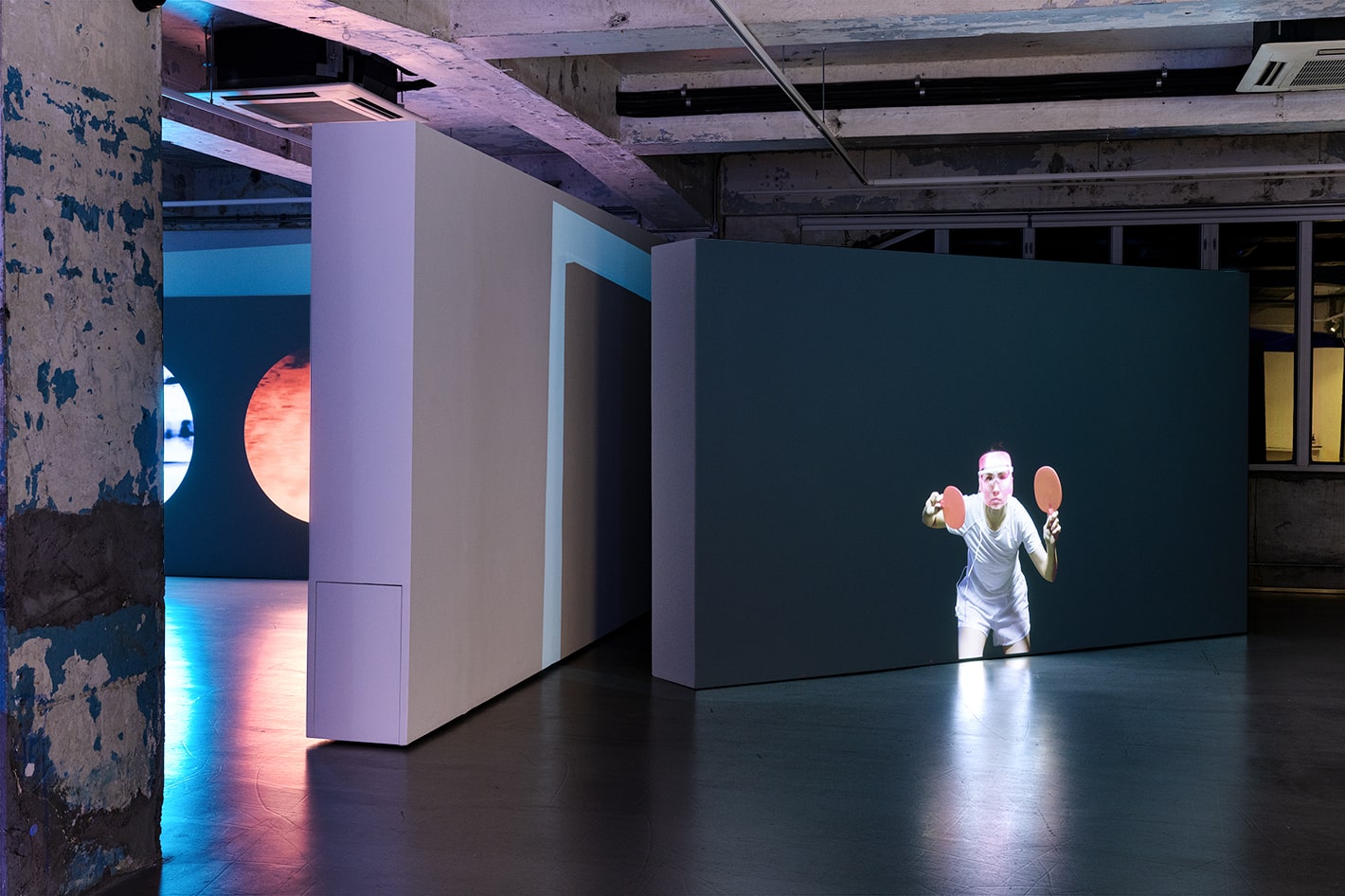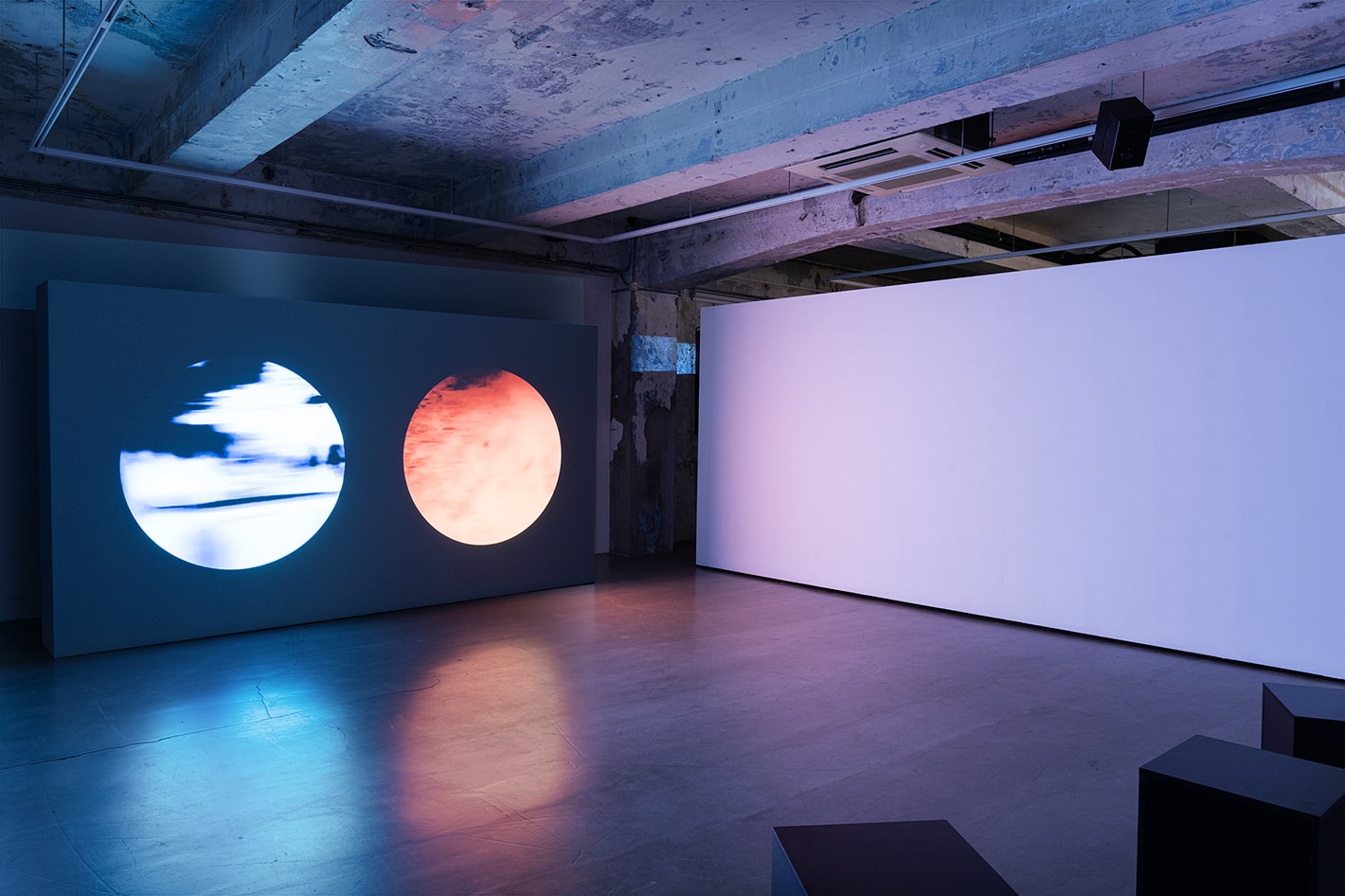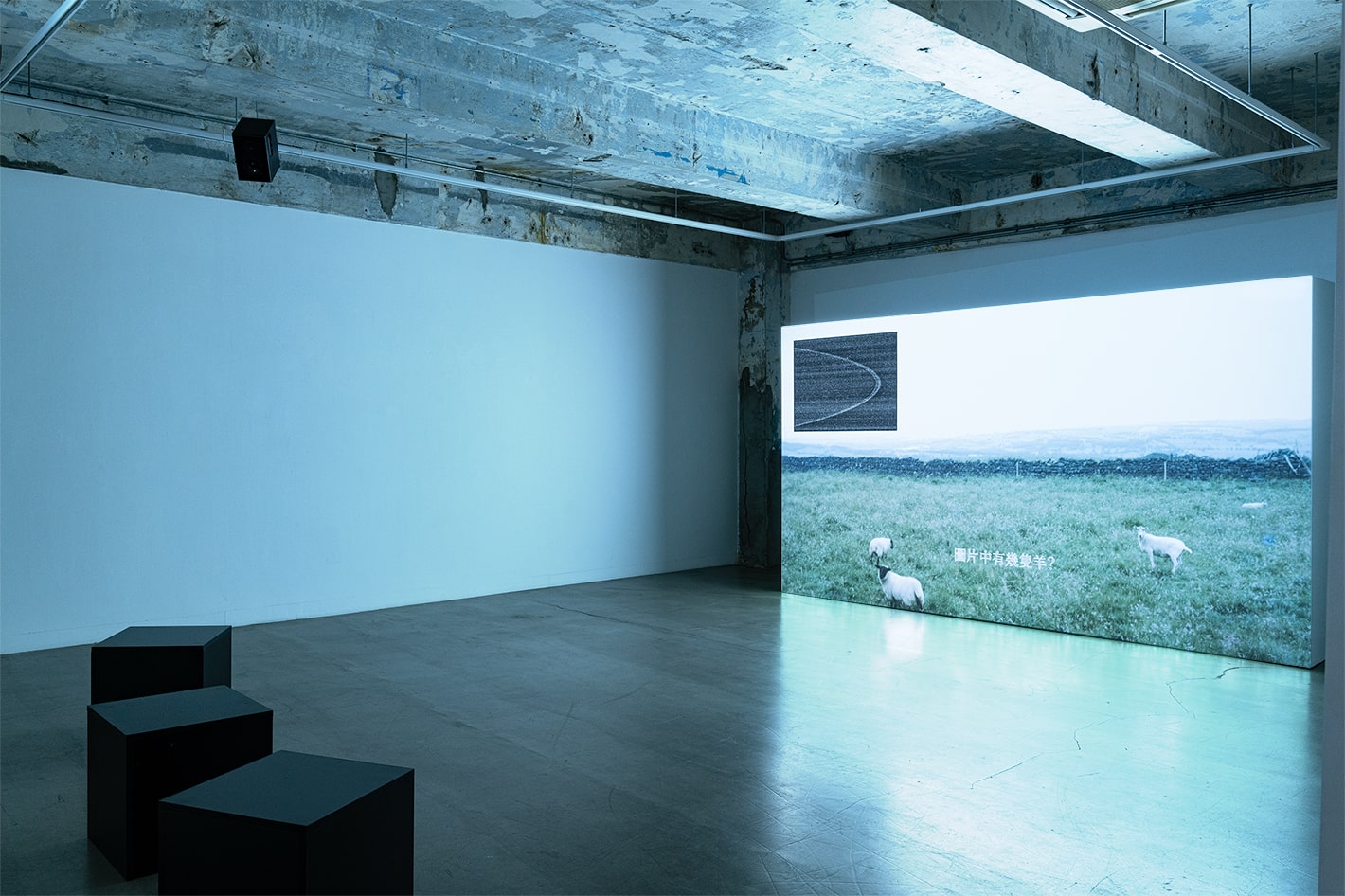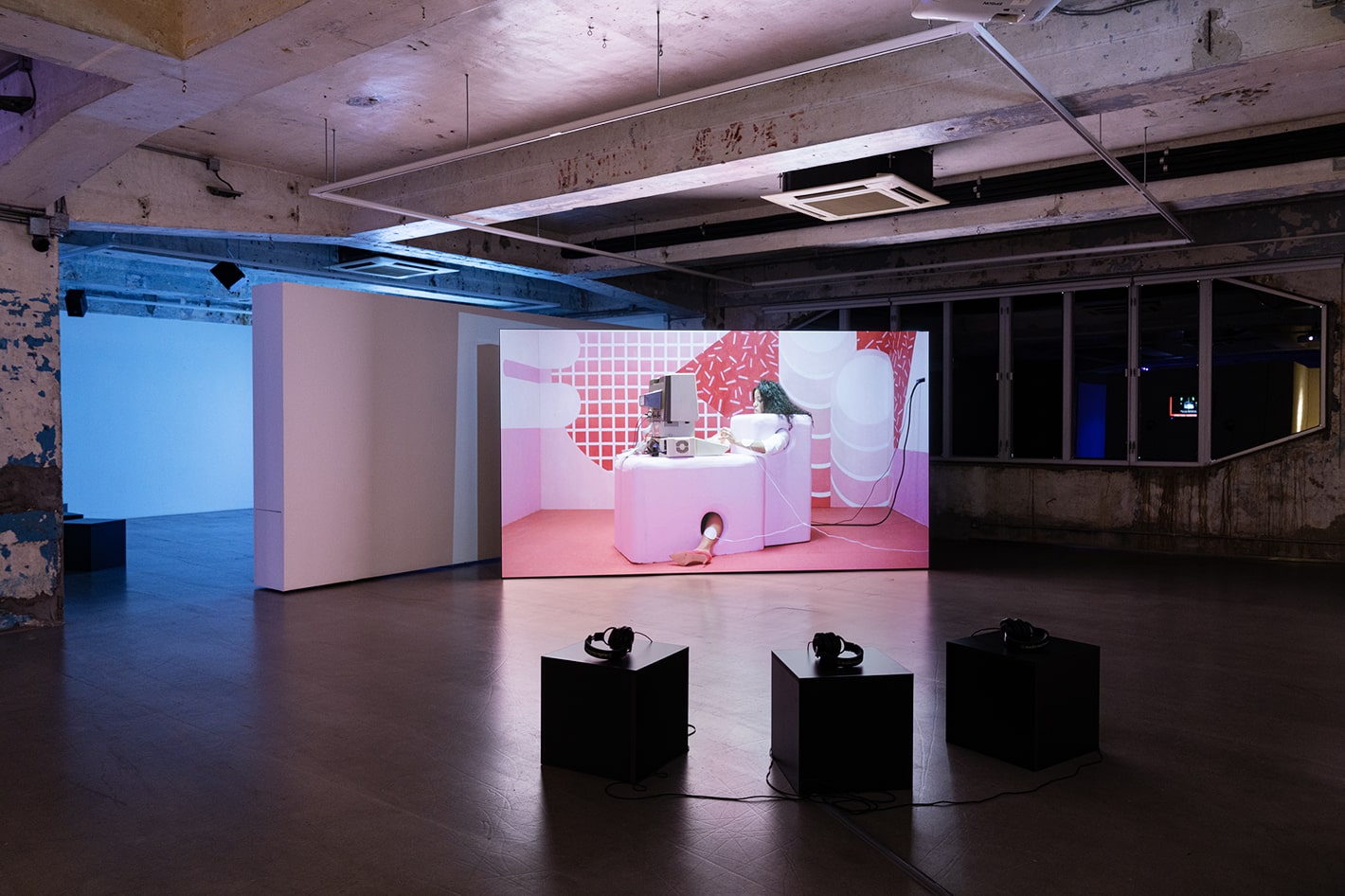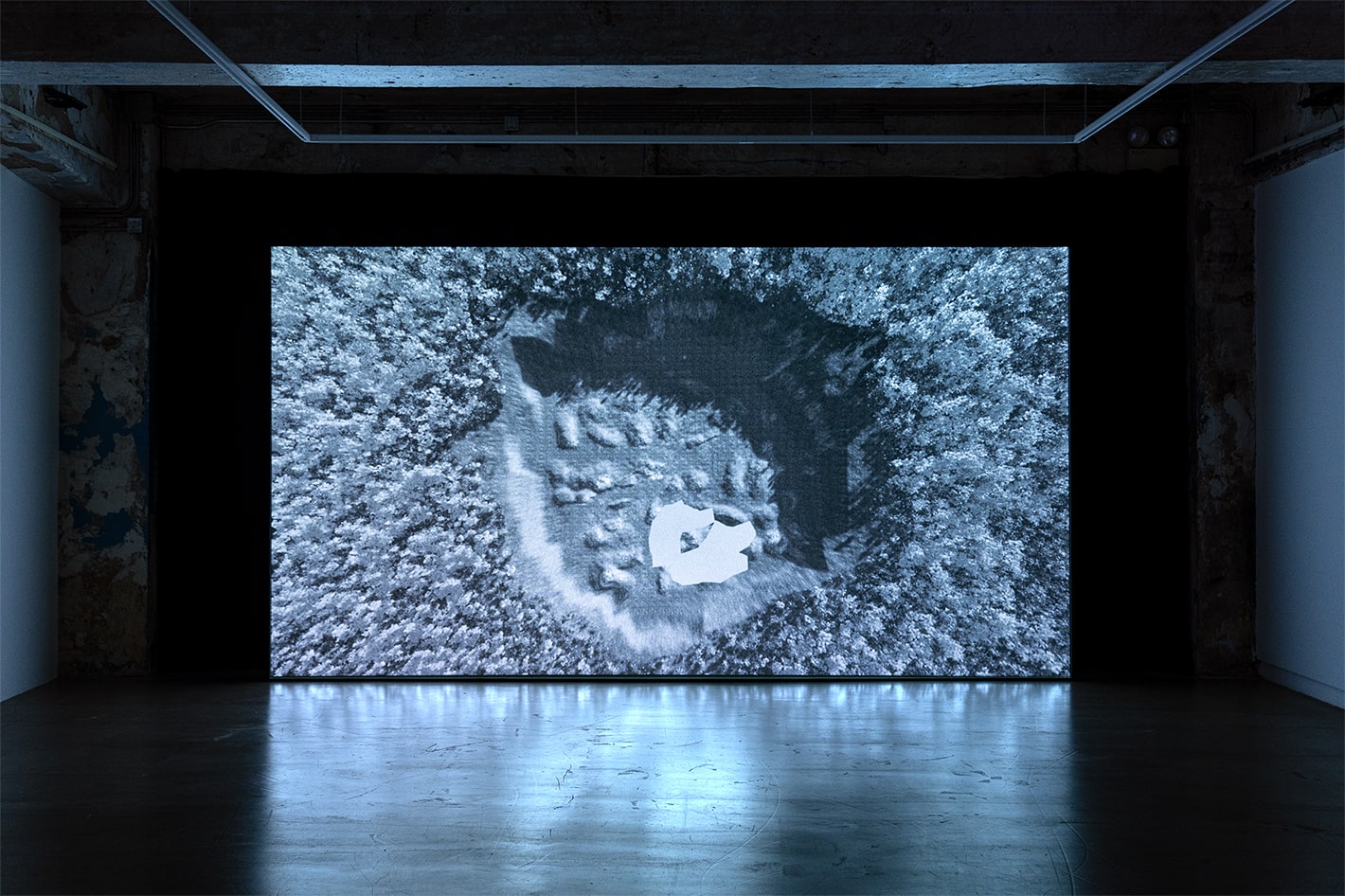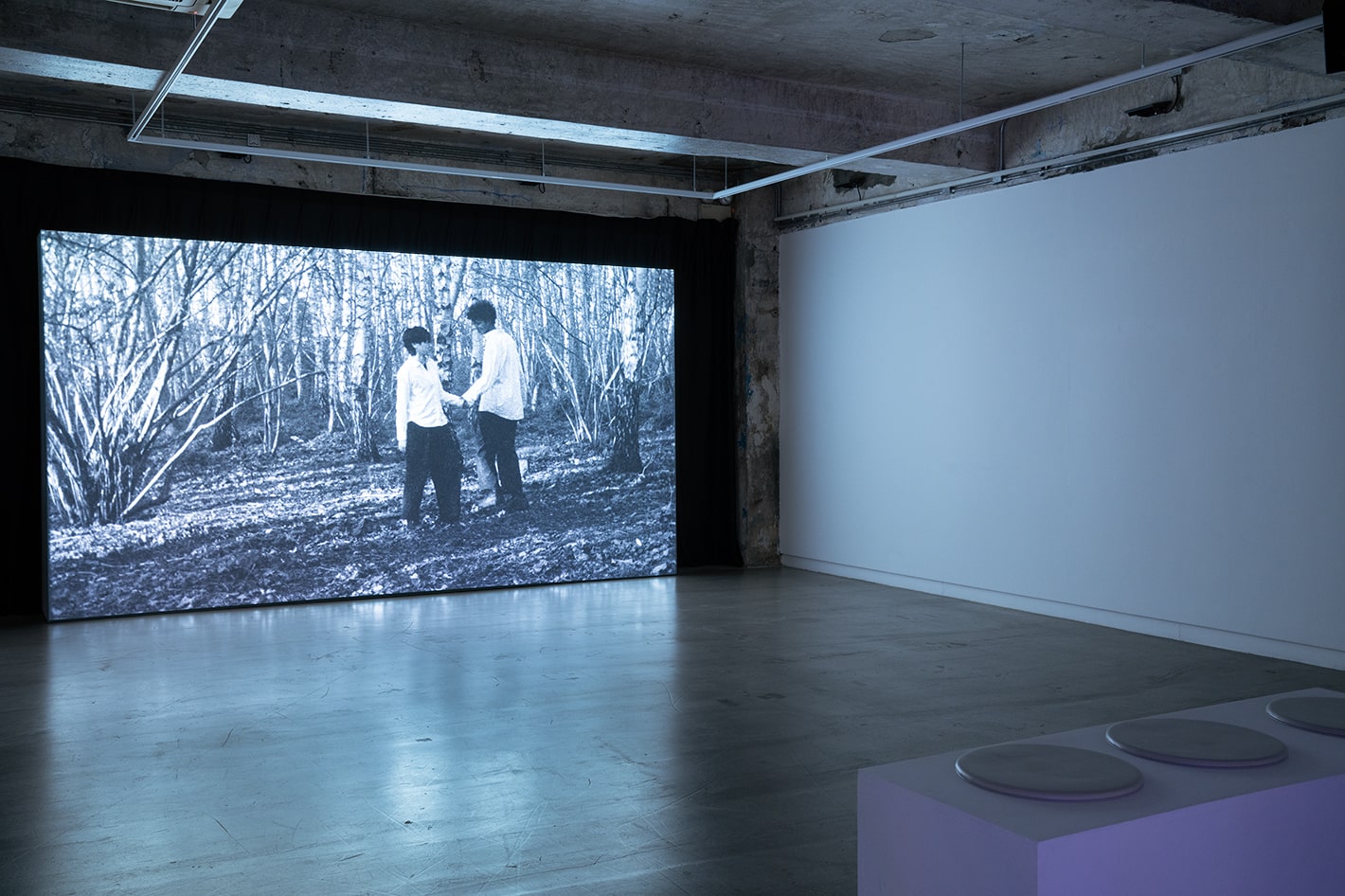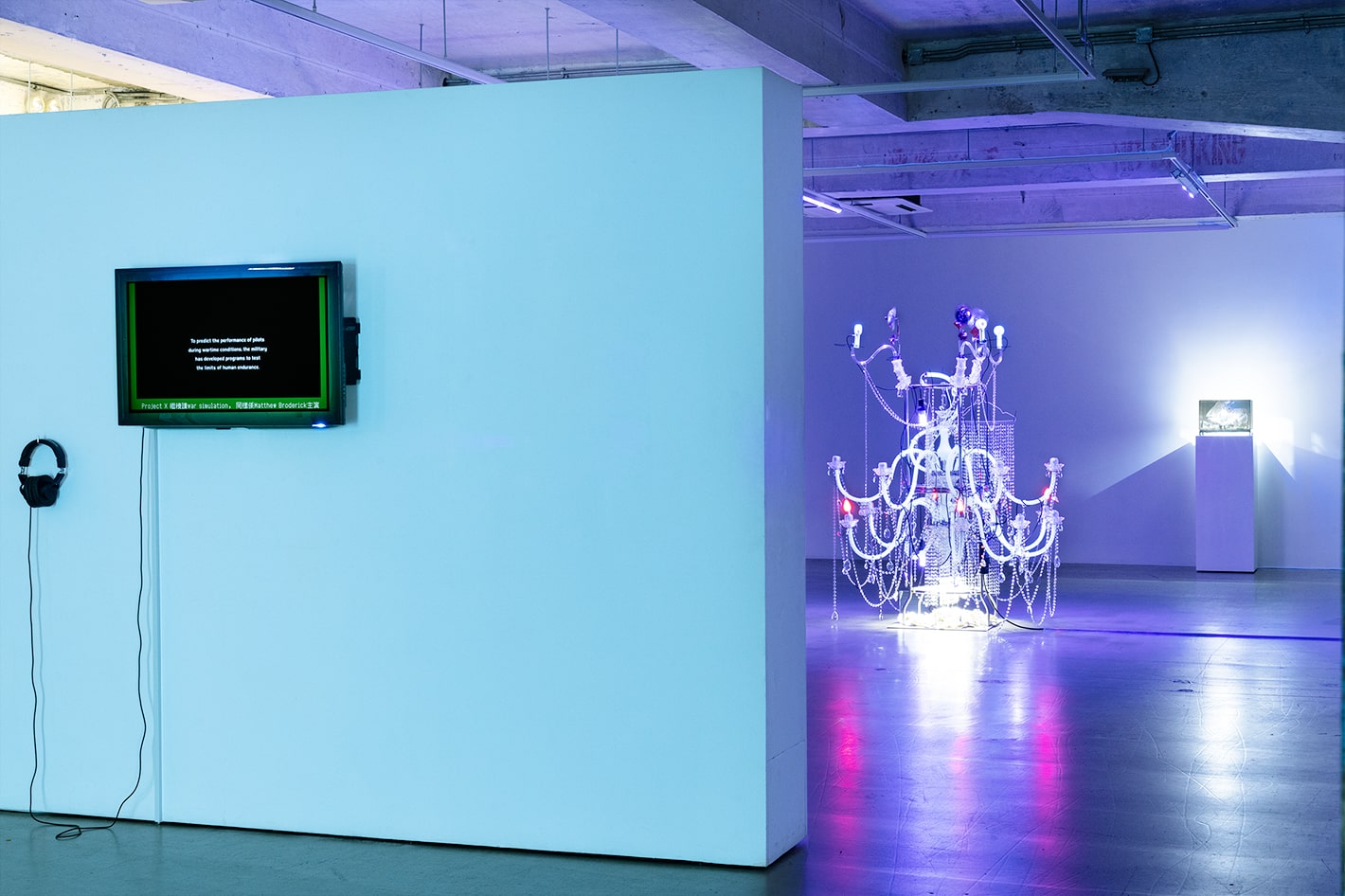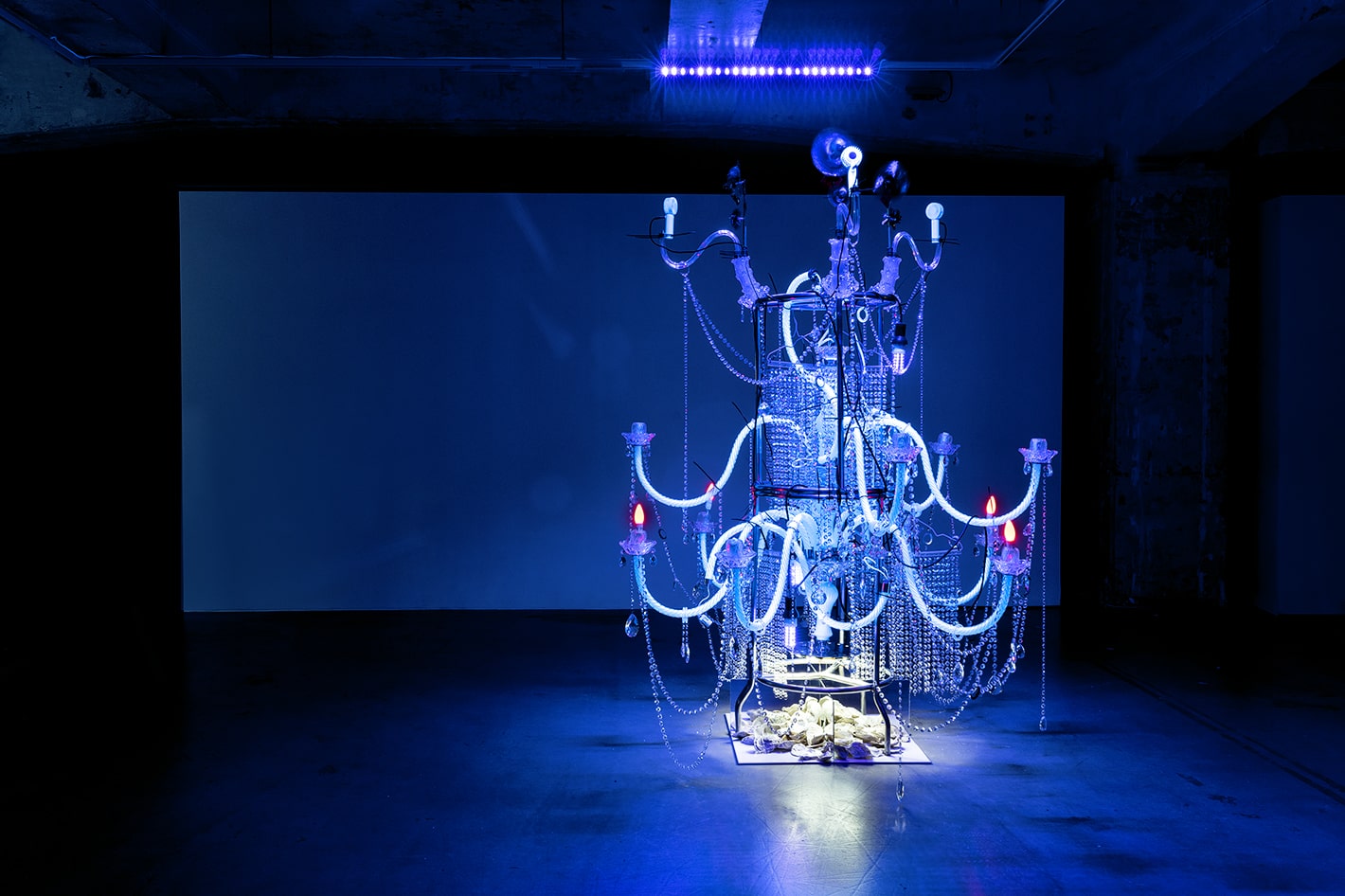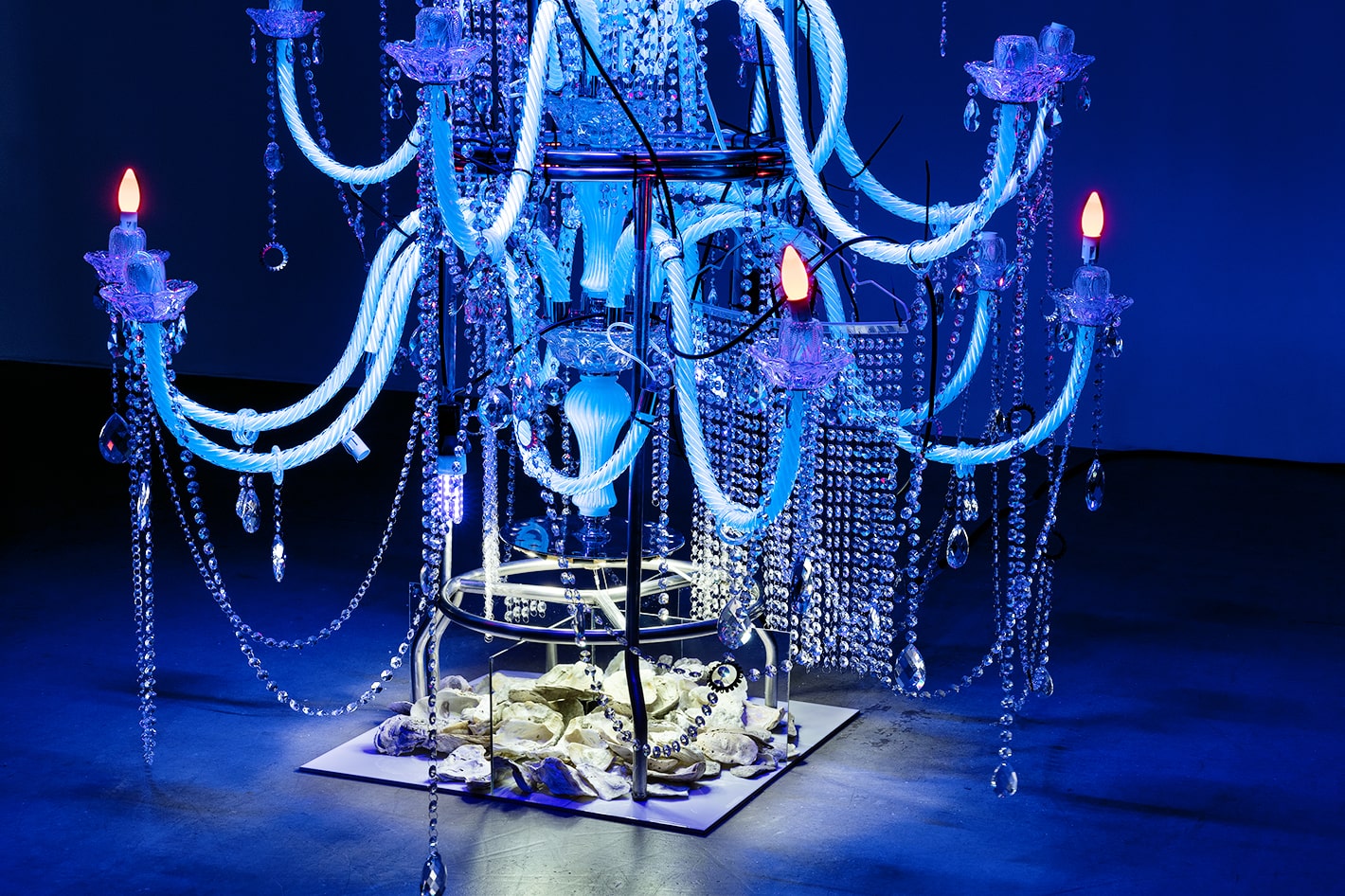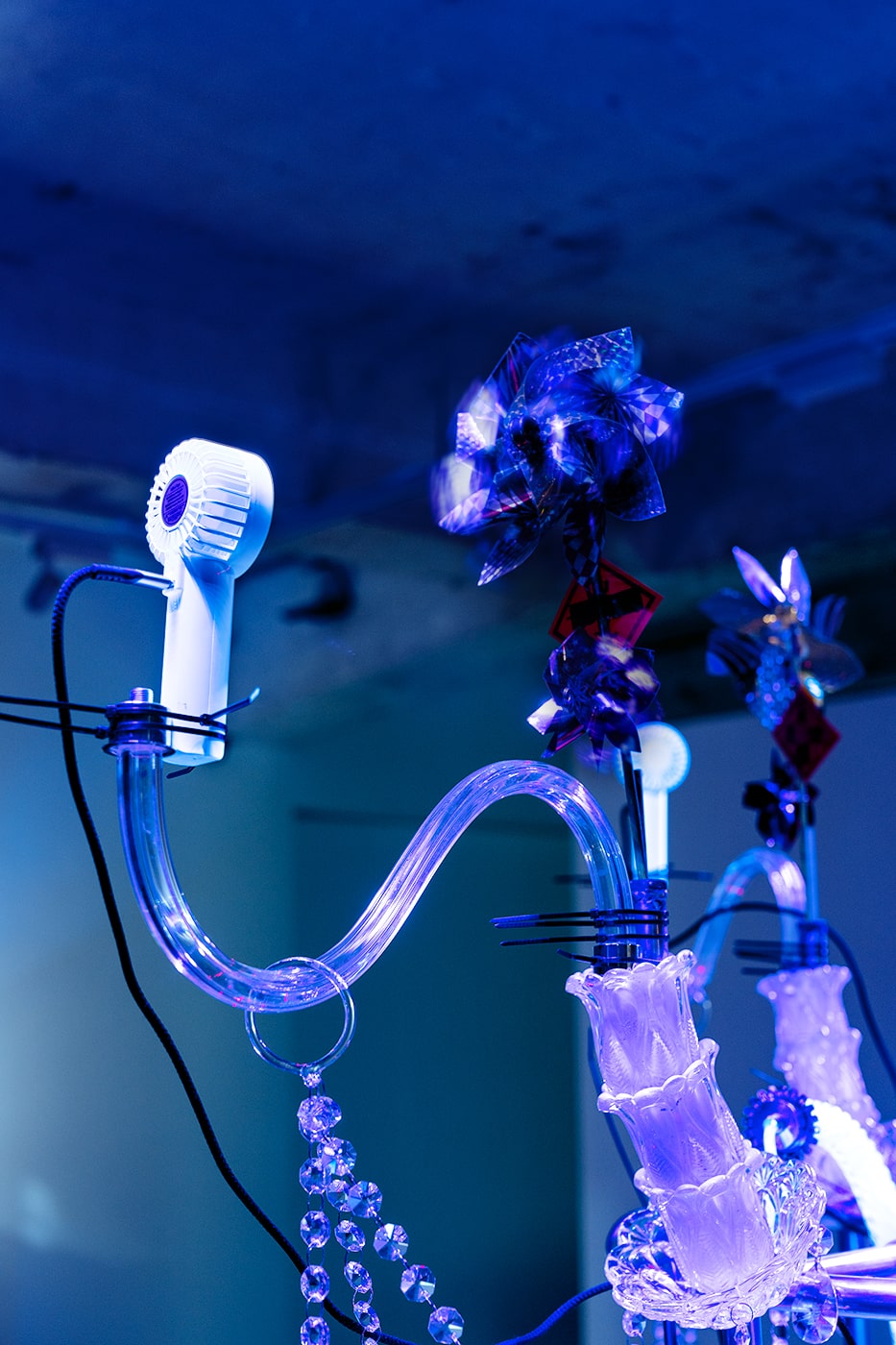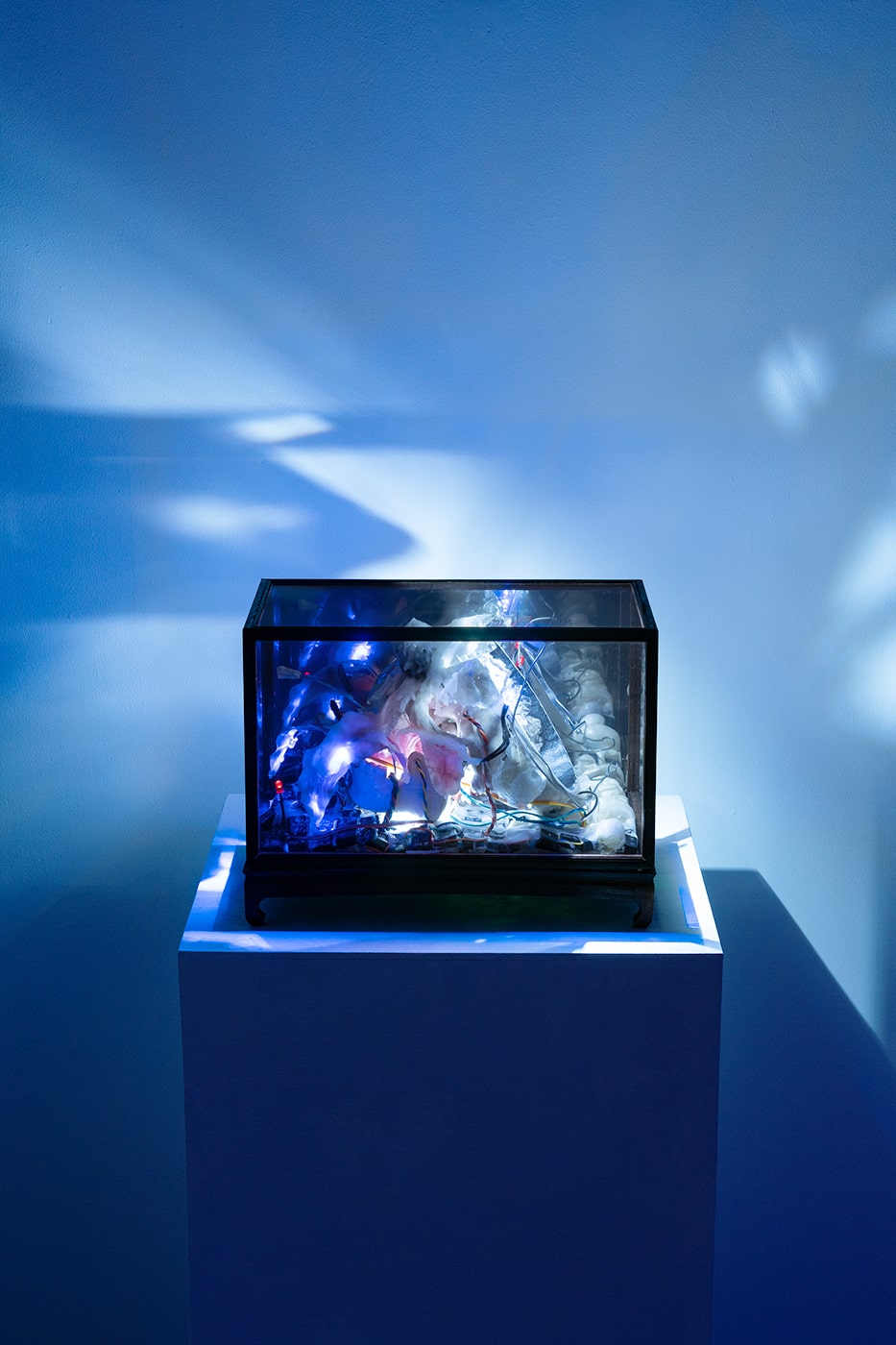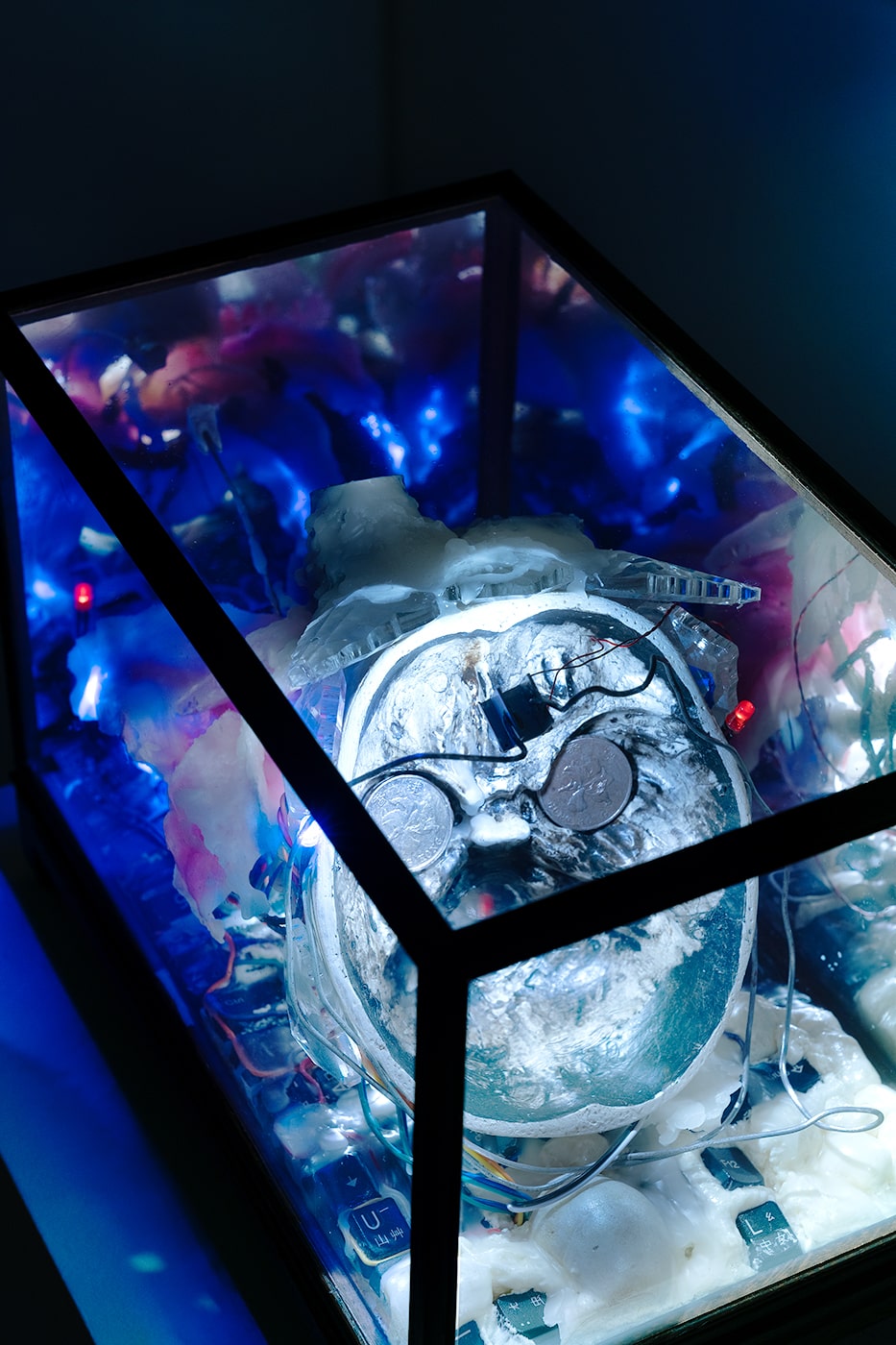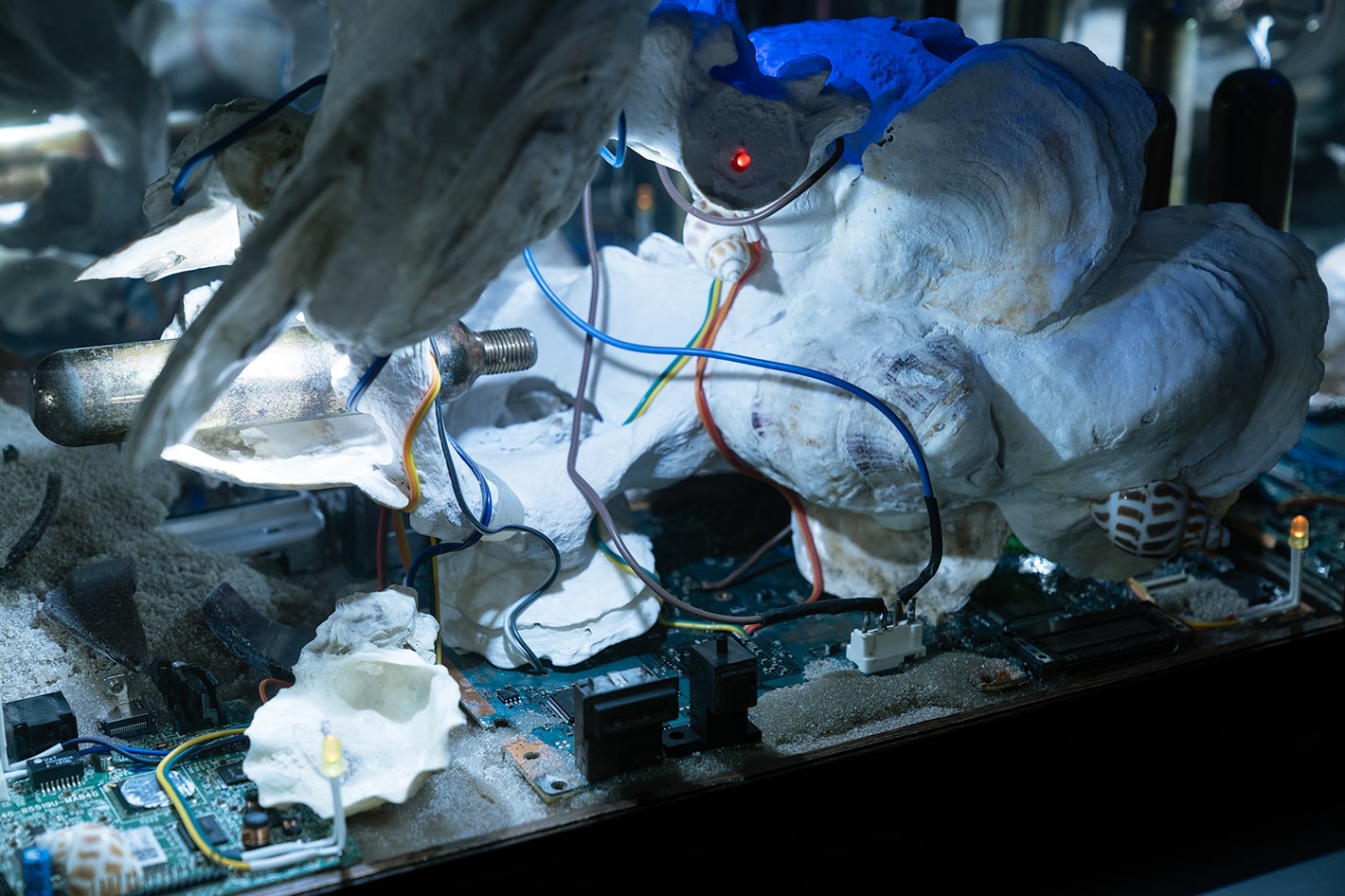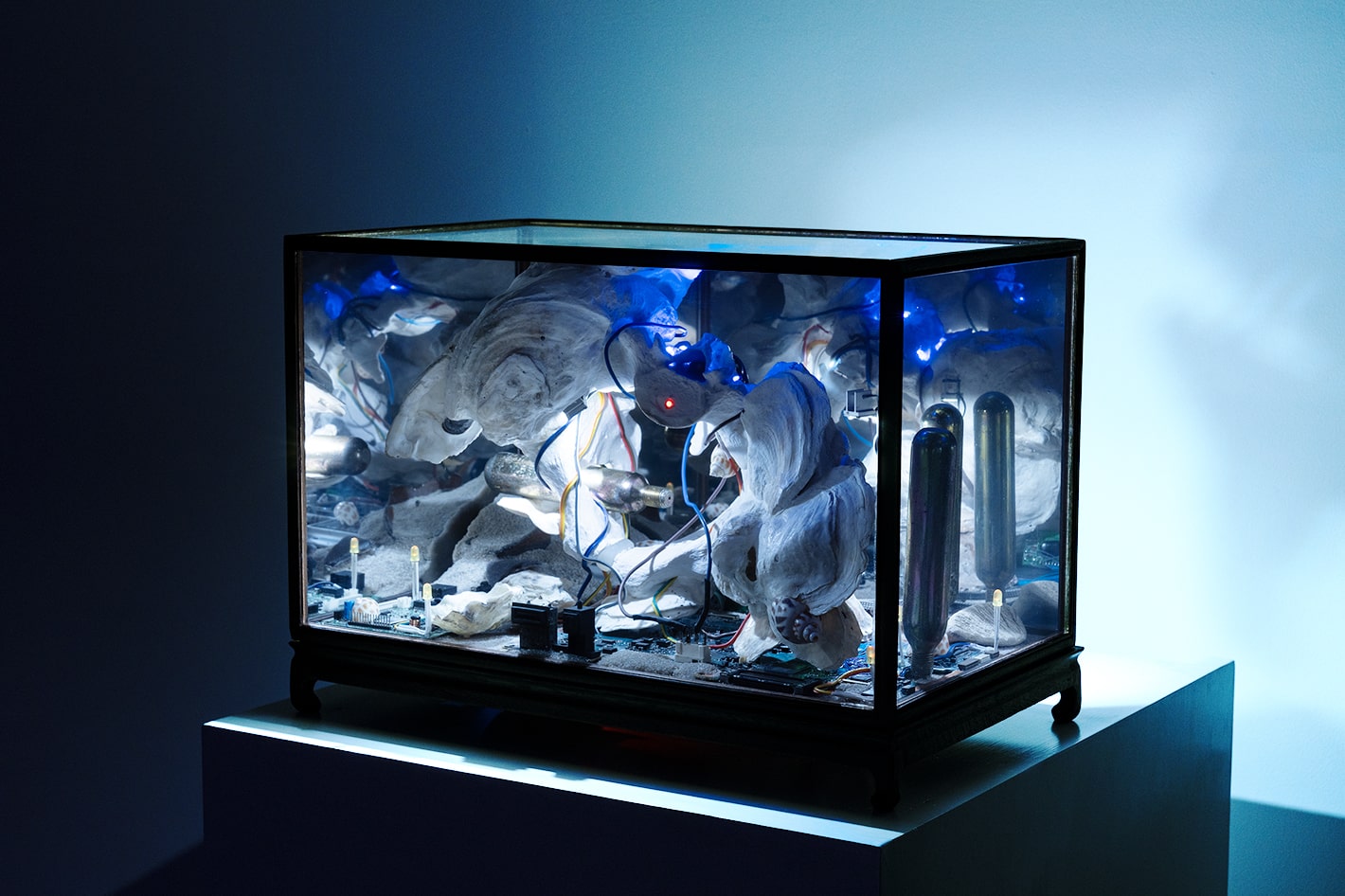Blindspot Gallery is pleased to present Play and Loop V, the fifth iteration of our summer video screening program, a unique platform dedicated to showcasing moving images by established and emerging artists. Running for a period of six weeks, the program this year will be divided into two thematic scenes, each lasting for a duration of three weeks. The gallery space will be divided into multiple screening rooms, each with an artist’s film playing on loop. Throughout the entirety of the program, Angela Su’s This is Not a Game, and works by Andrew Luk, comprising a new sculptural installation Saudade Chandelier and mixed-media works Techno-Reliquary 1, 2, will be on display in the gallery.
Scene 1: The Floating Years | 18 July to 5 August 2023
After the easing of China’s zero-COVID policy at the end of 2022, long after the rest of the world had moved on from the virus, the long-awaited return to normalcy was finally within reach. However, the impacts of three years of isolation and displacement had taken a severe toll on people’s mental and physical wellbeing, both within the mainland and overseas. The first scene of Play and Loop V, titled “The Floating Years”, brings together artists, Li Shuang, Jiang Zhi, and the artist collective 楔Xiē comprising of members Hao Jingban, Shen Xin, Yunyu “Ayo” Shih, and Qu Chang. The video works featured in Scene 1 are a testament to the detrimental effects of the zero-COVID policy on people’s sense of belonging and connection, the impacts of which are geographically unbounded.
SCENE 2: Alternative Dimensions | 8 to 26 August 2023
“Alternative Dimensions” compiles a selection of works by Jen Liu, Yan Wai Yin, and Chris Zhongtian Yuan. Threading through their works is a common construction of fictional realms as vessels to delineate observations around labor, migration, queerness, communal histories, and loss. From the synthetic pink factory line operated by women laborers in Liu’s Pink Slime Caesar Shift: Electropore, to the forest for displaced souls traversing memories in Yuan’s All Trace Is Gone, No Clamour for A Kiss, to identifying blind spots in one’s life while mourning the loss of a companion in Yan’s Localized Blindness, these unspecific realms become conduits for us to contemplate on collective and personal themes that permeate through the everyday. Angela Su’s This is Not a Game, and works by Andrew Luk, comprising a new sculptural installation Saudade Chandelier and mixed-media works Techno-Reliquary 1, 2, will continue to be on display in the gallery.
Also on view: Angela Su, Andrew Luk


